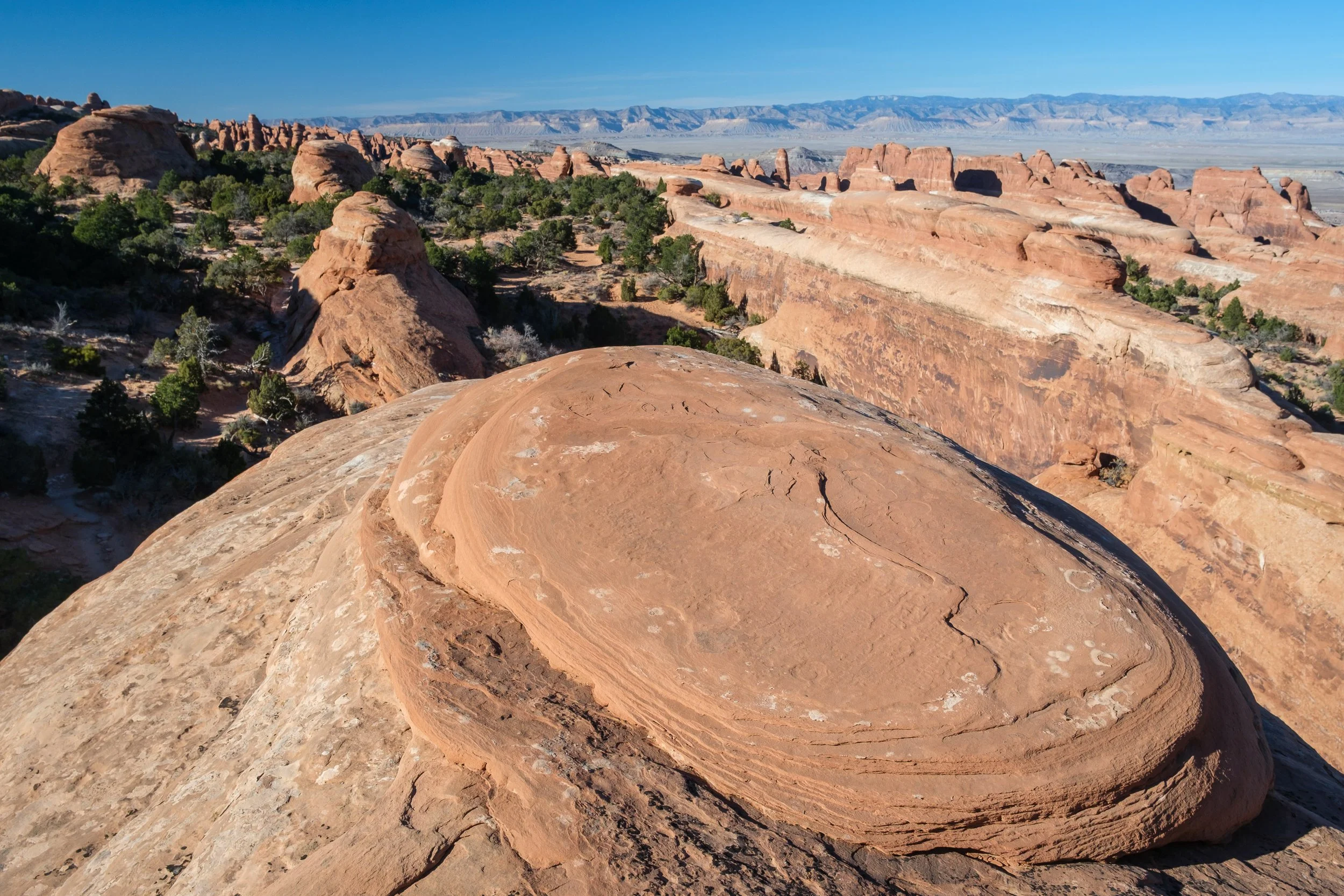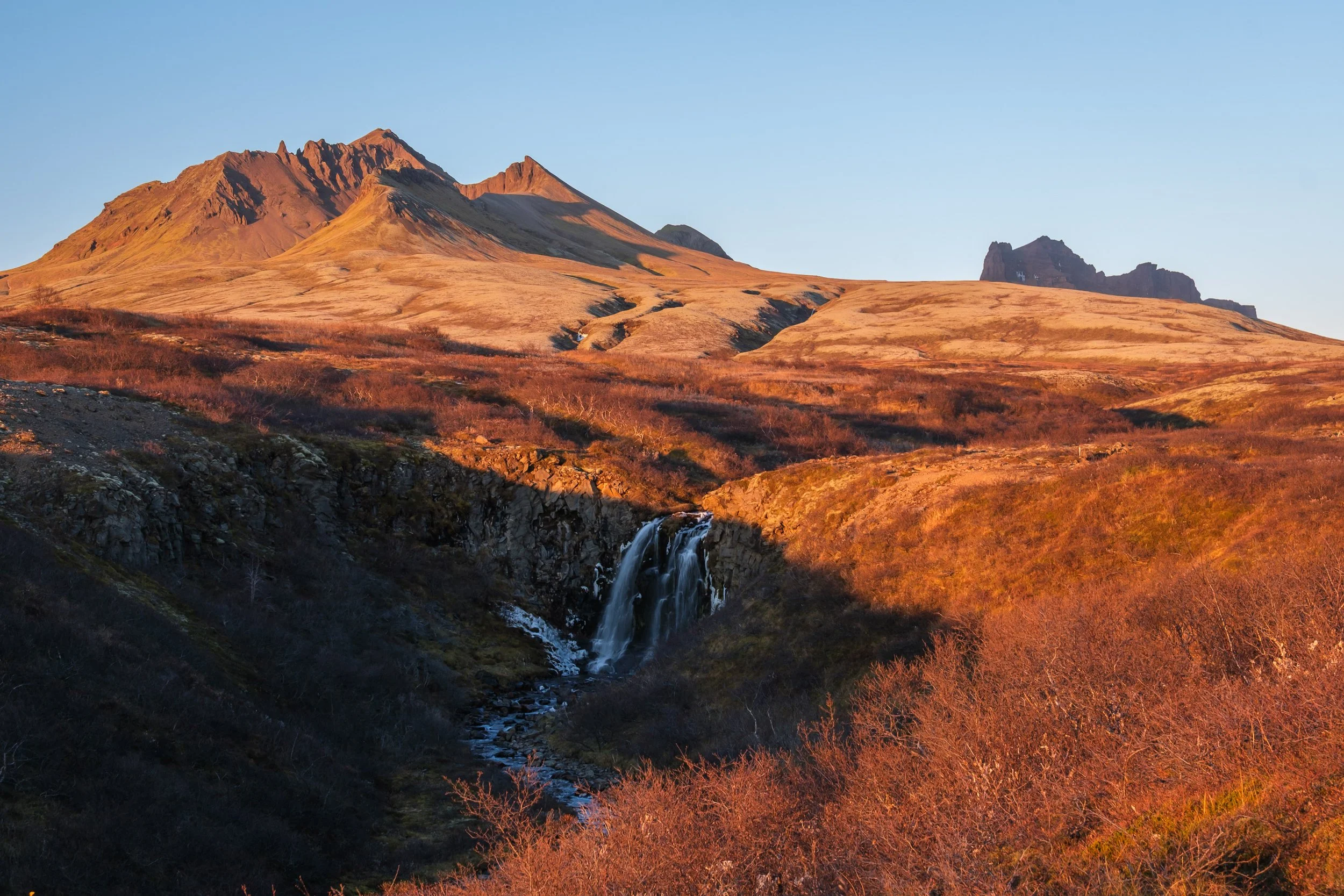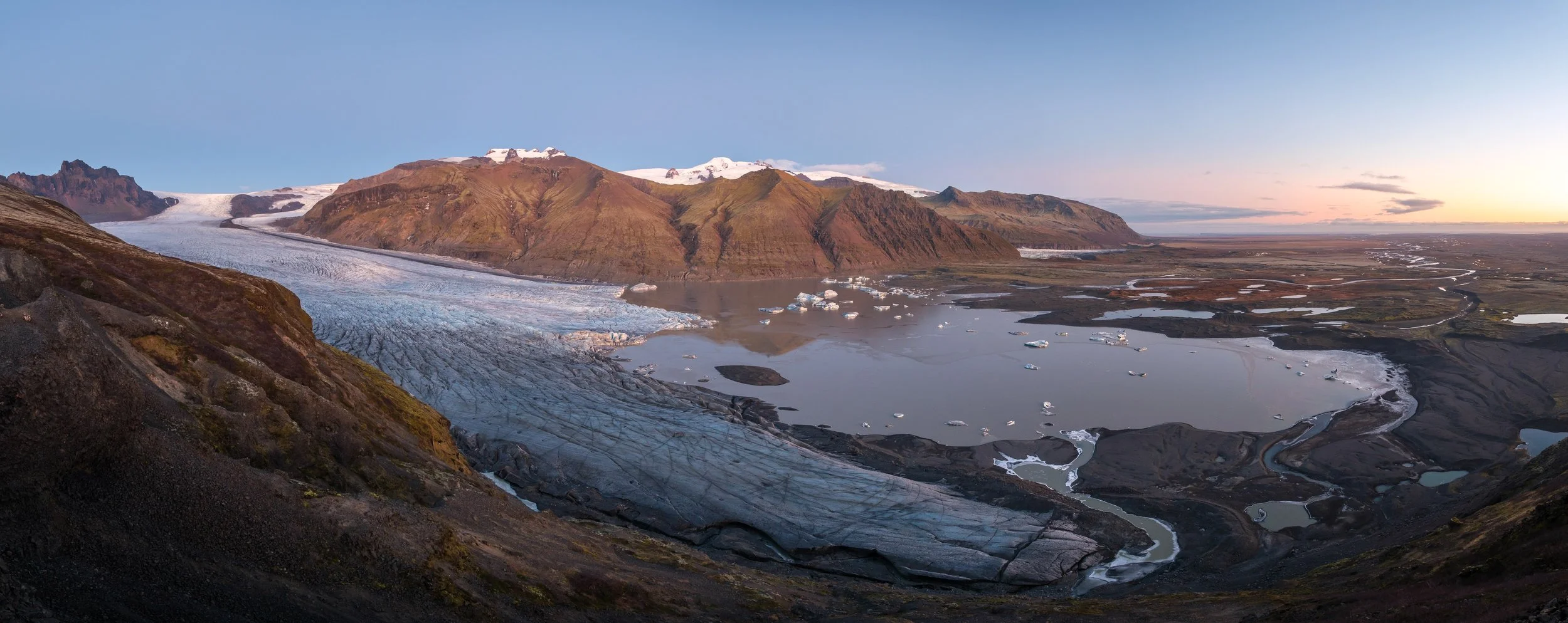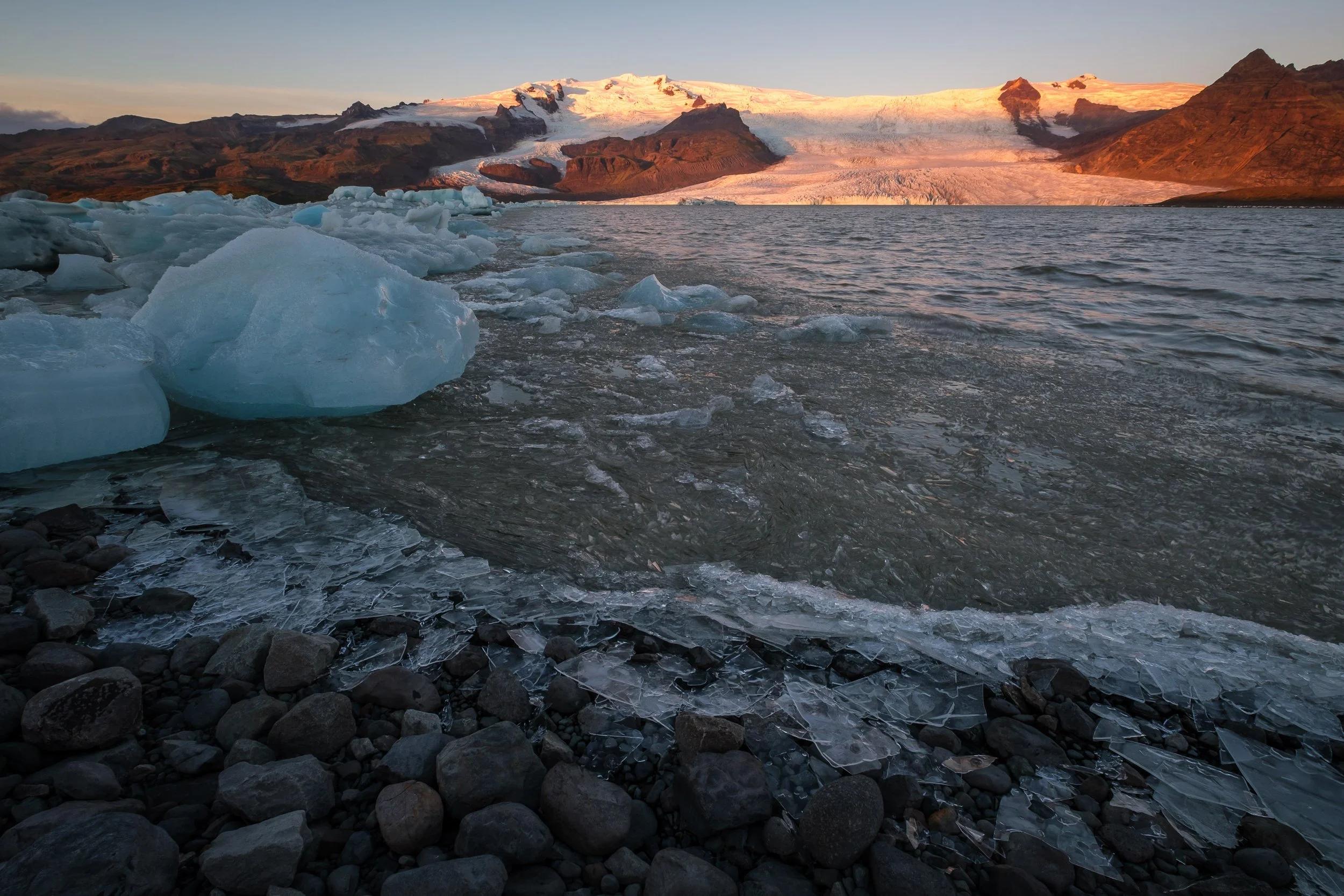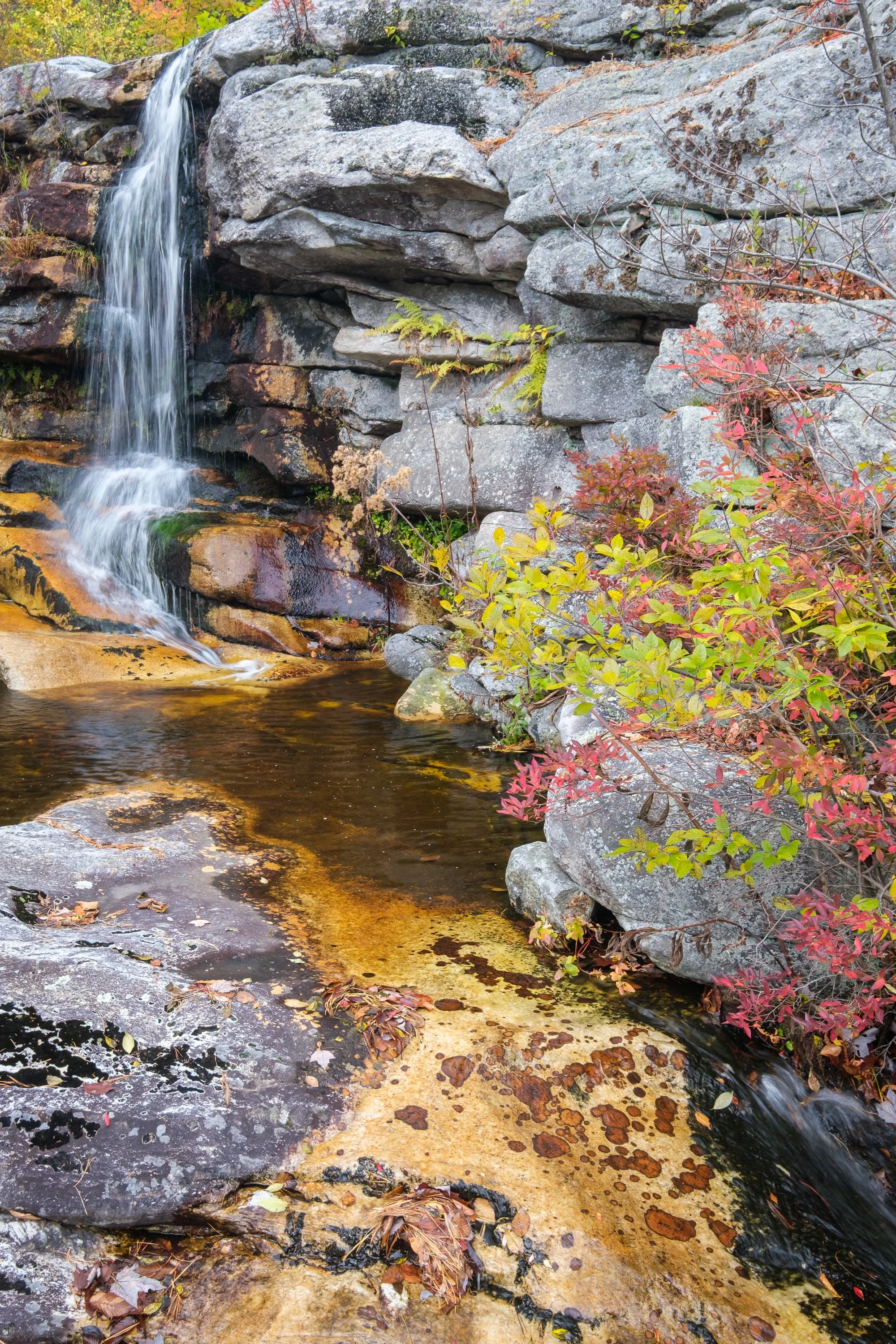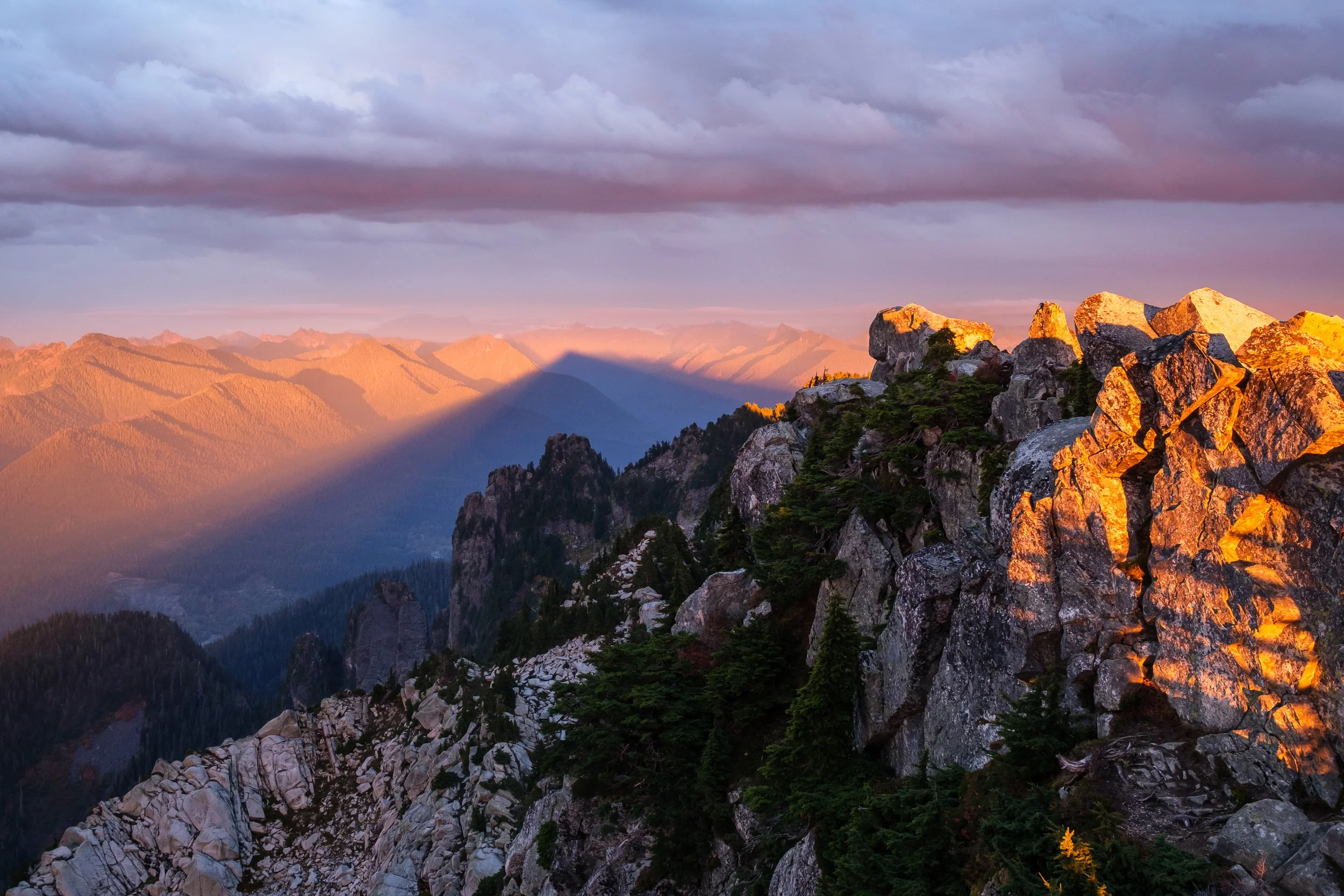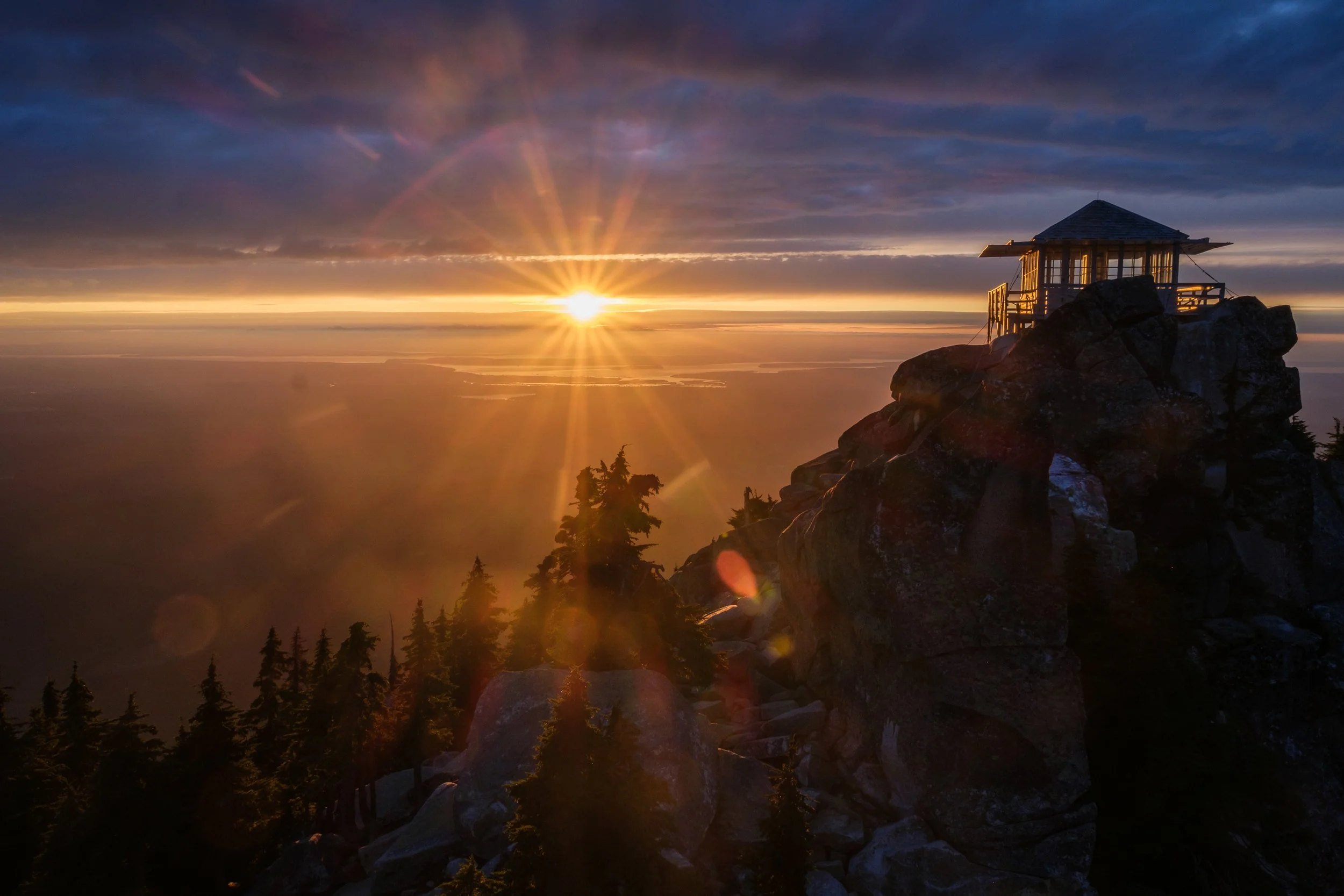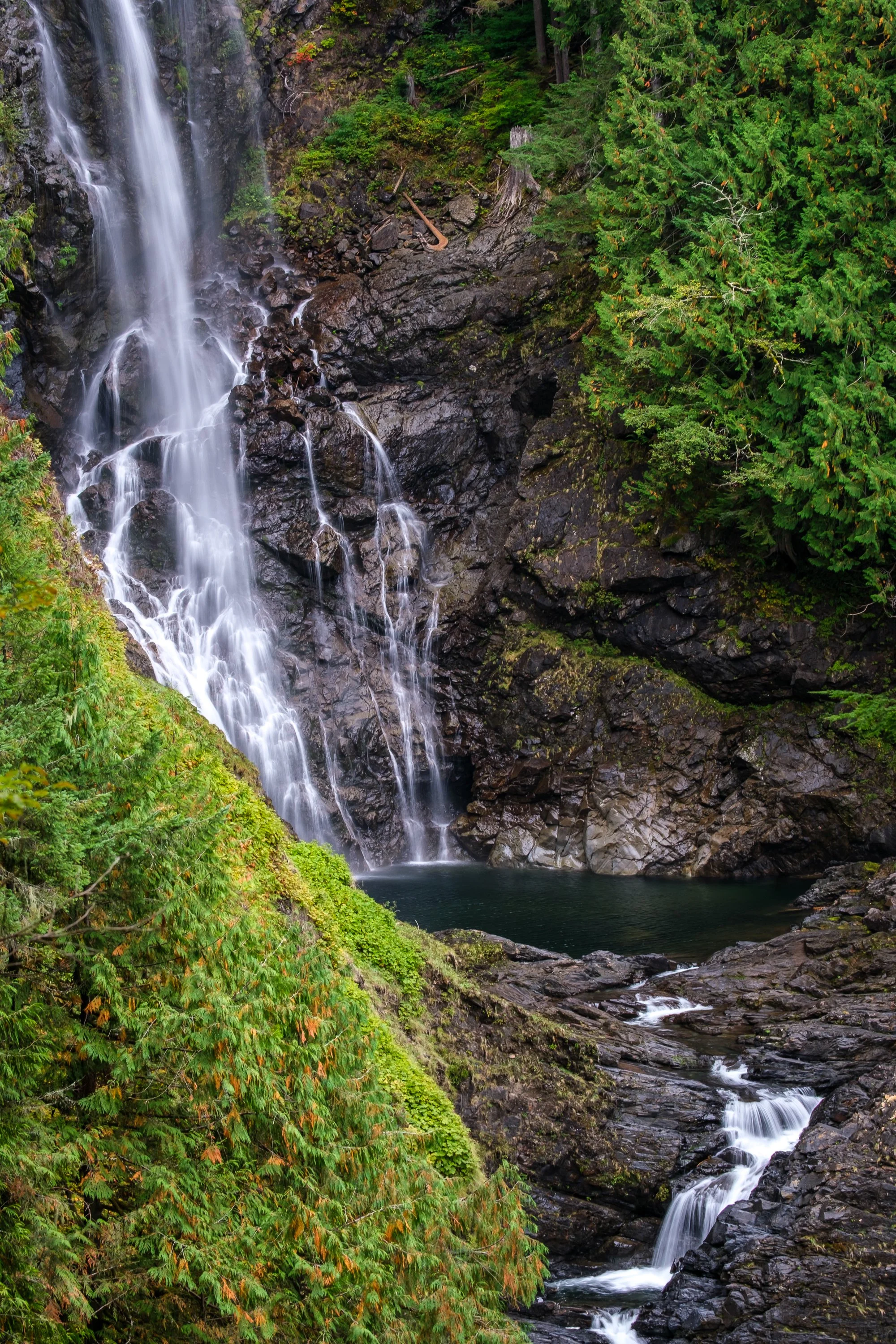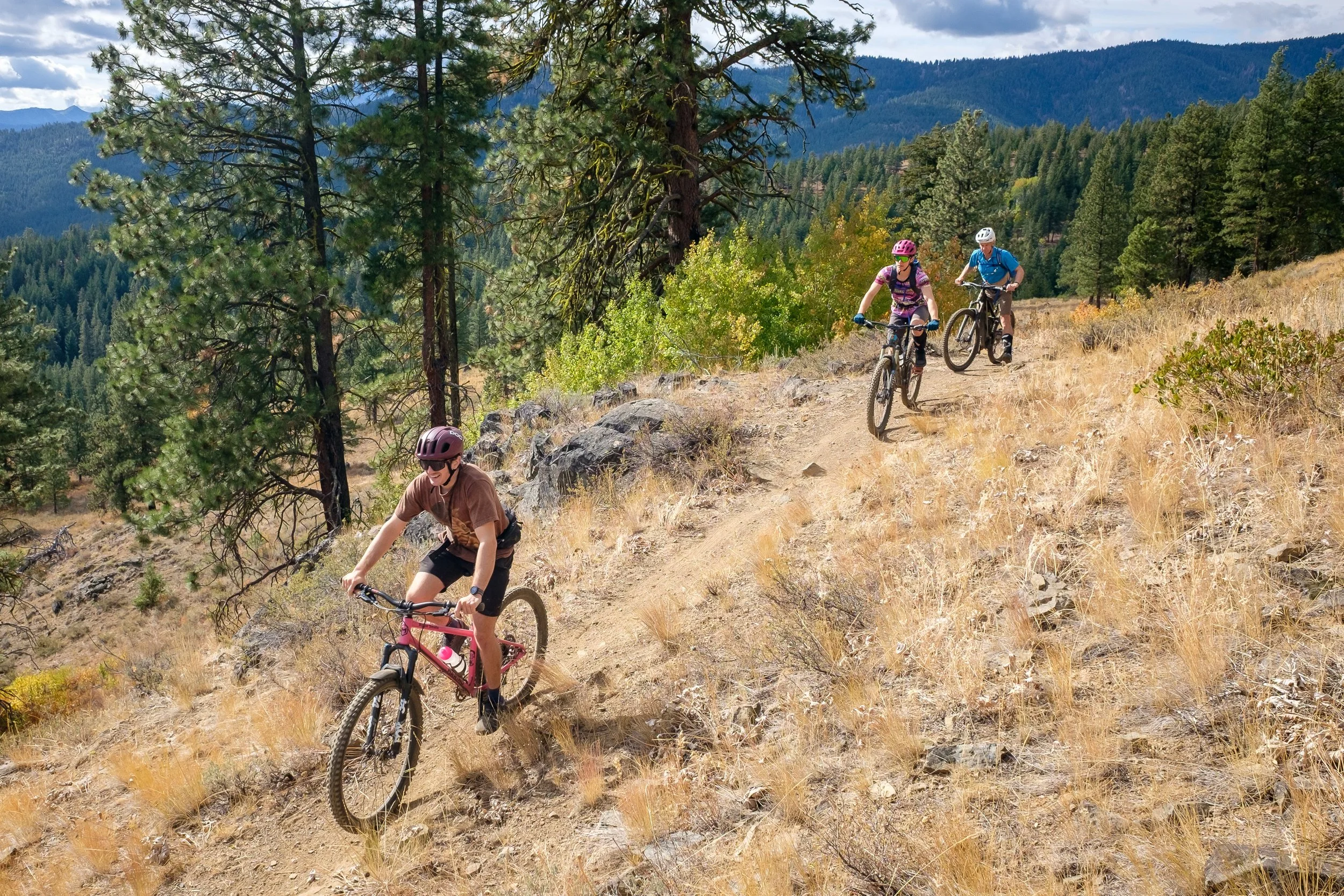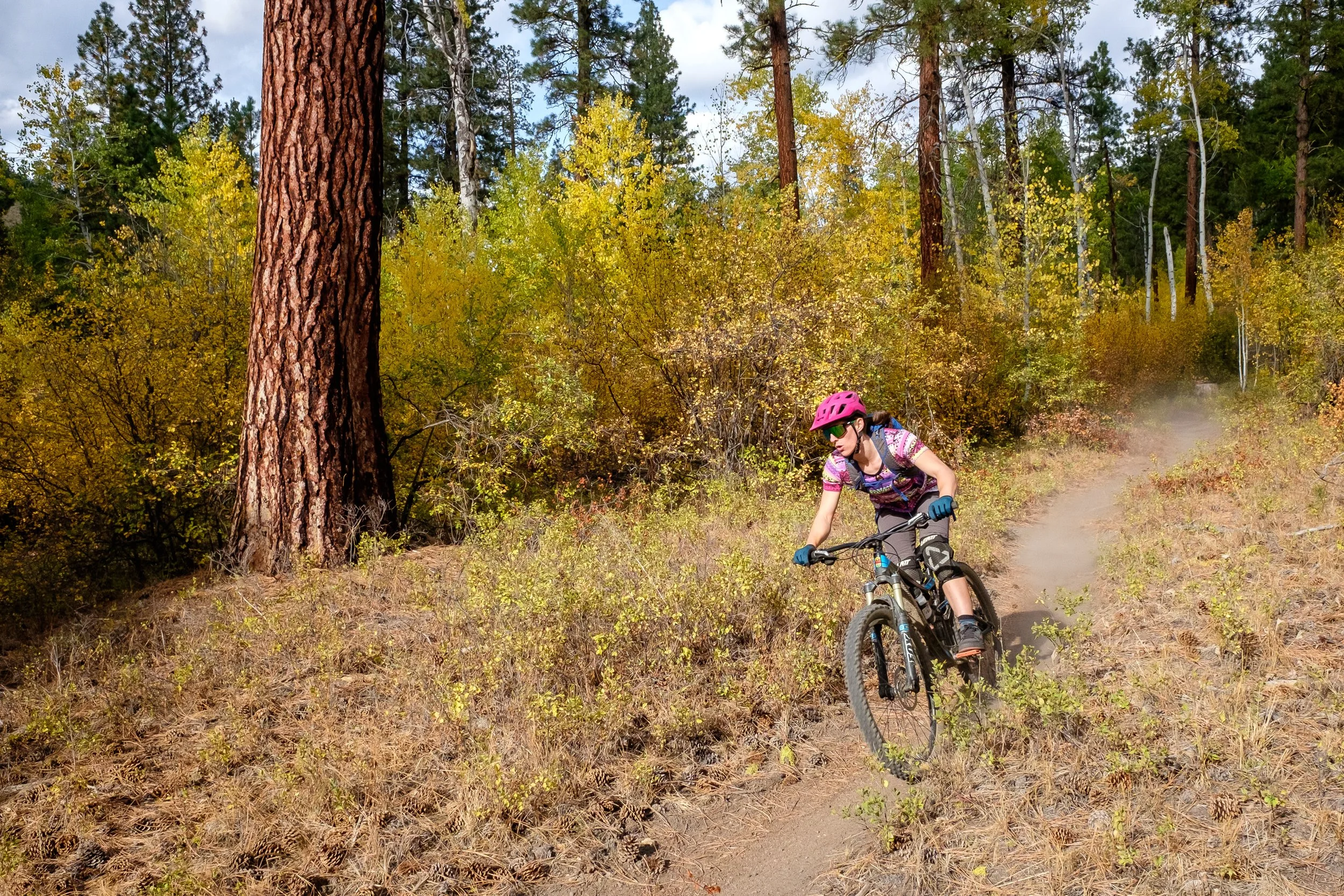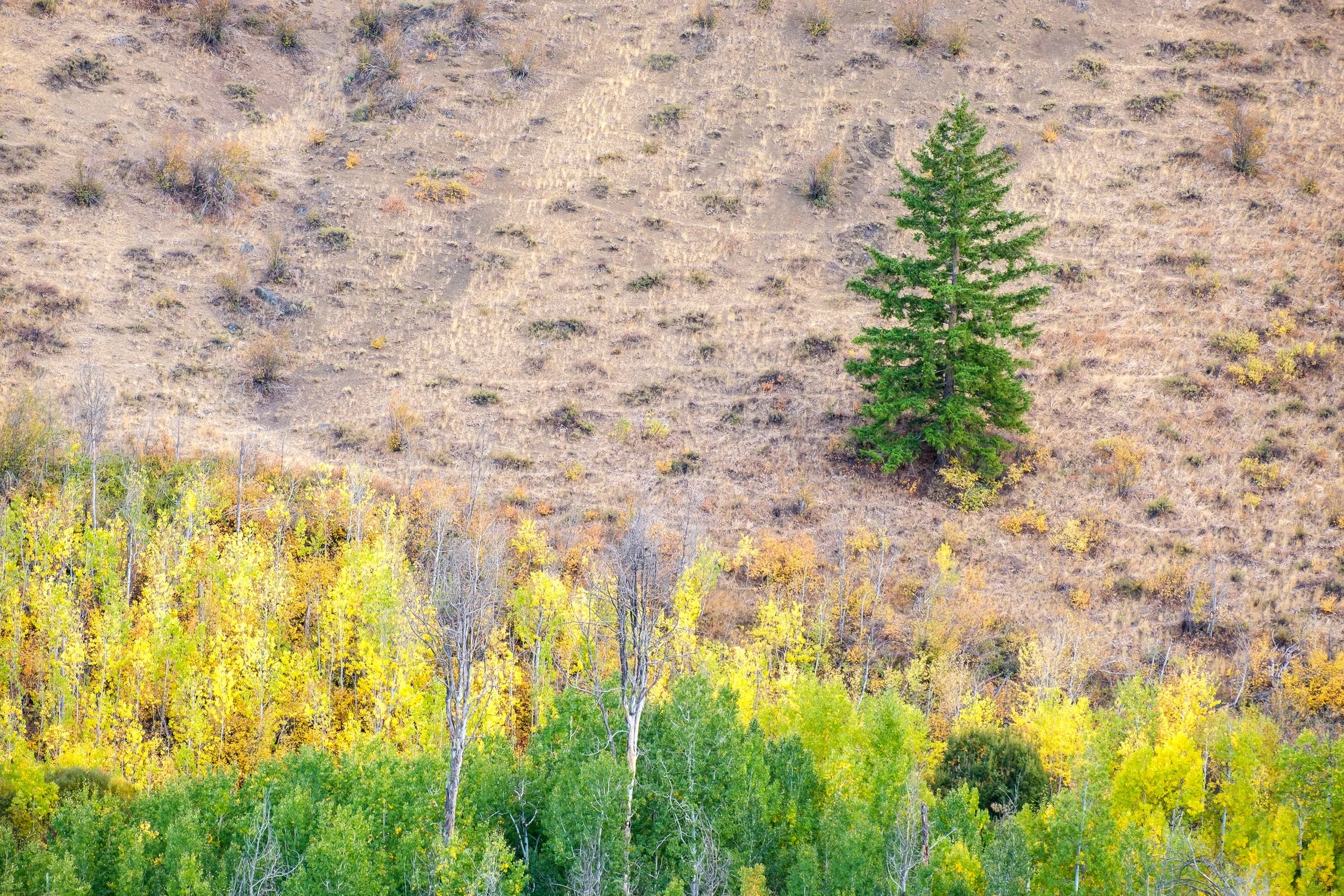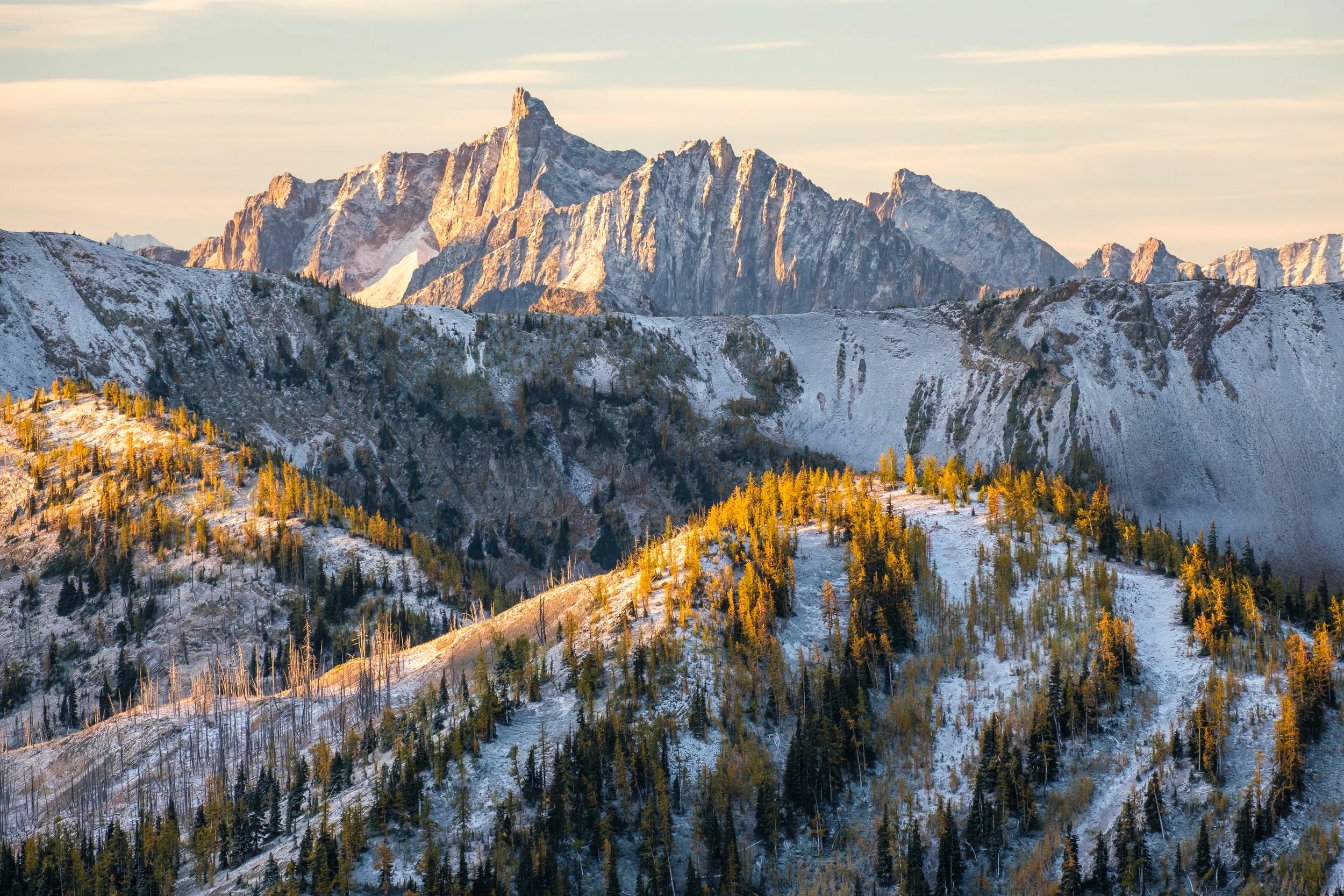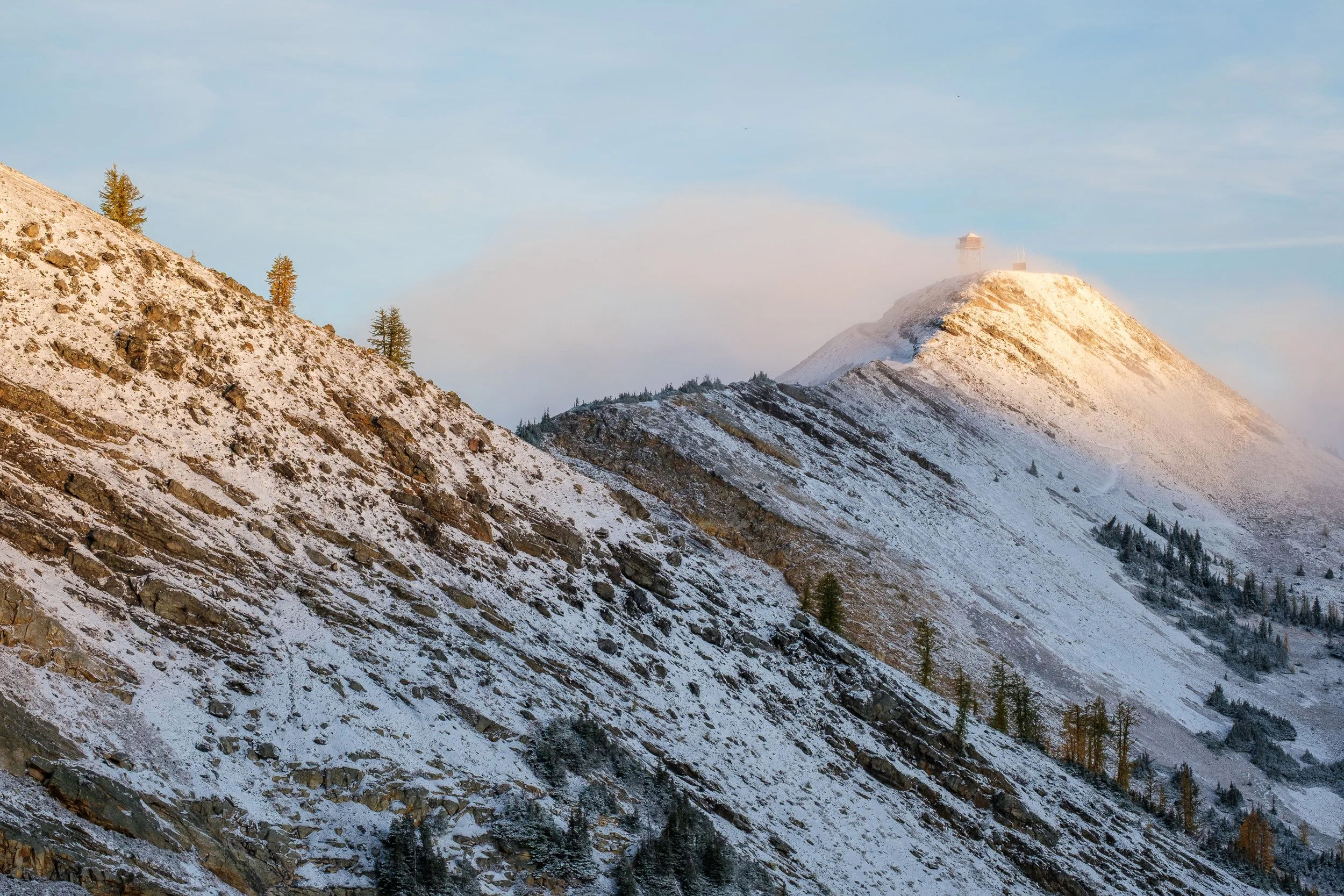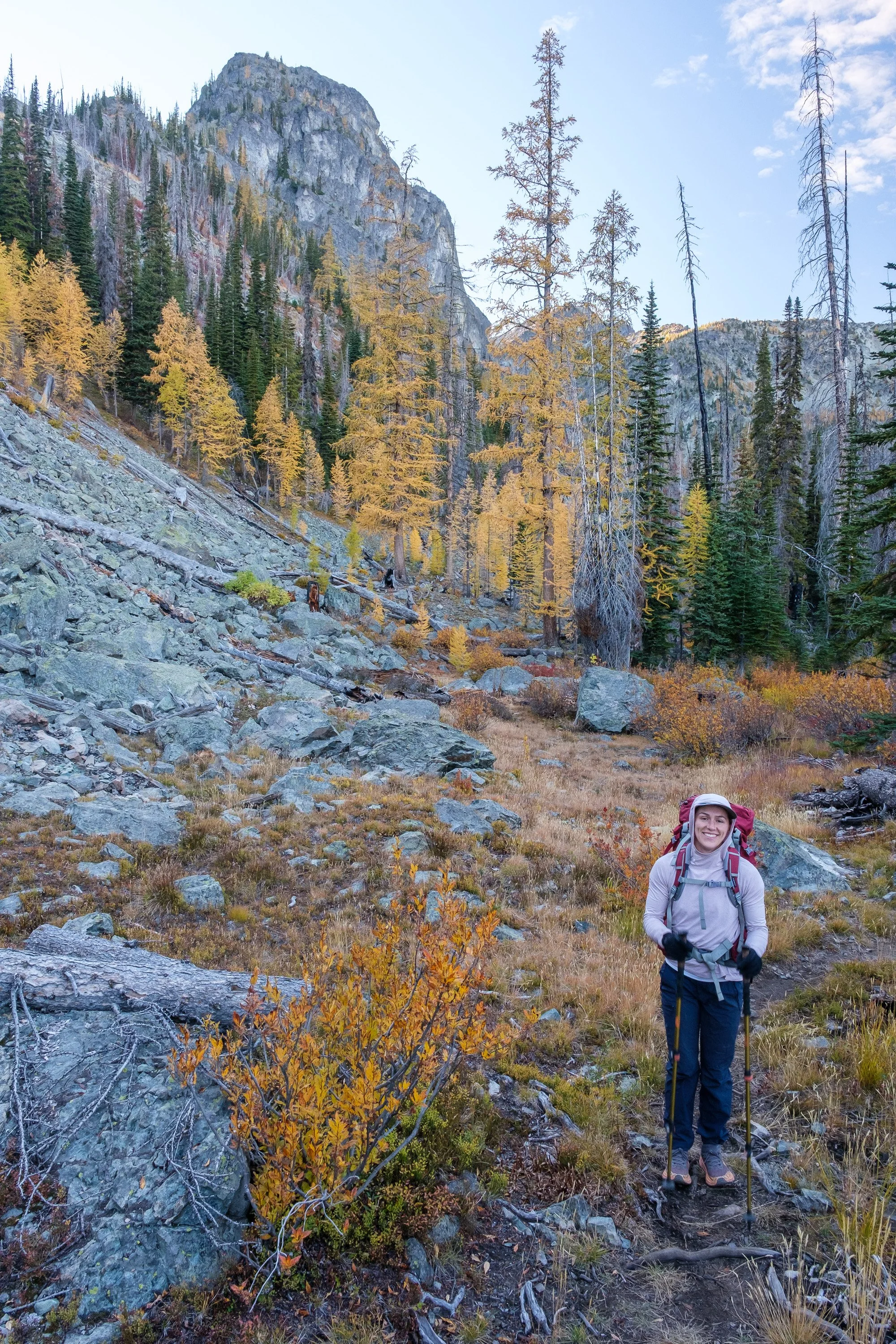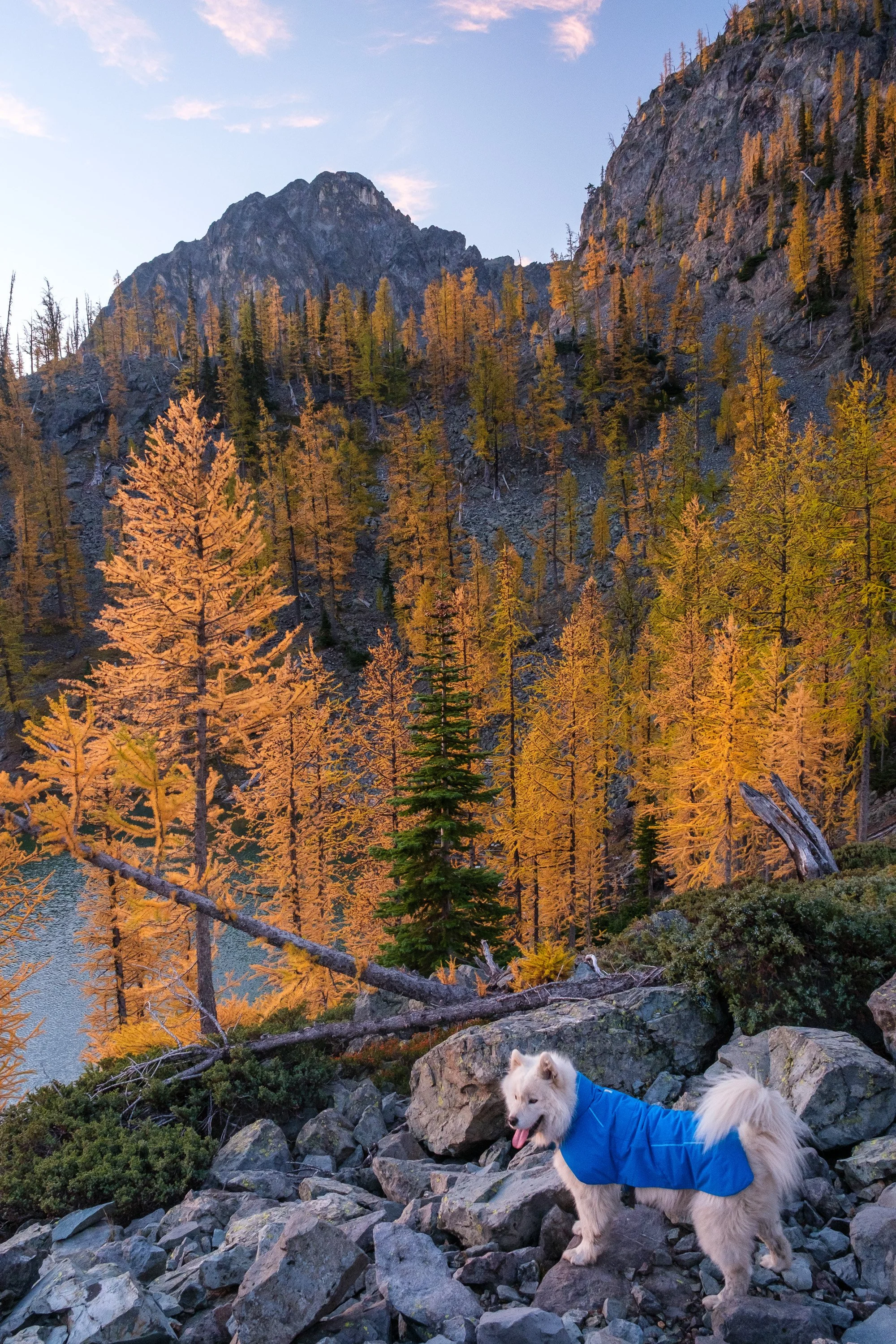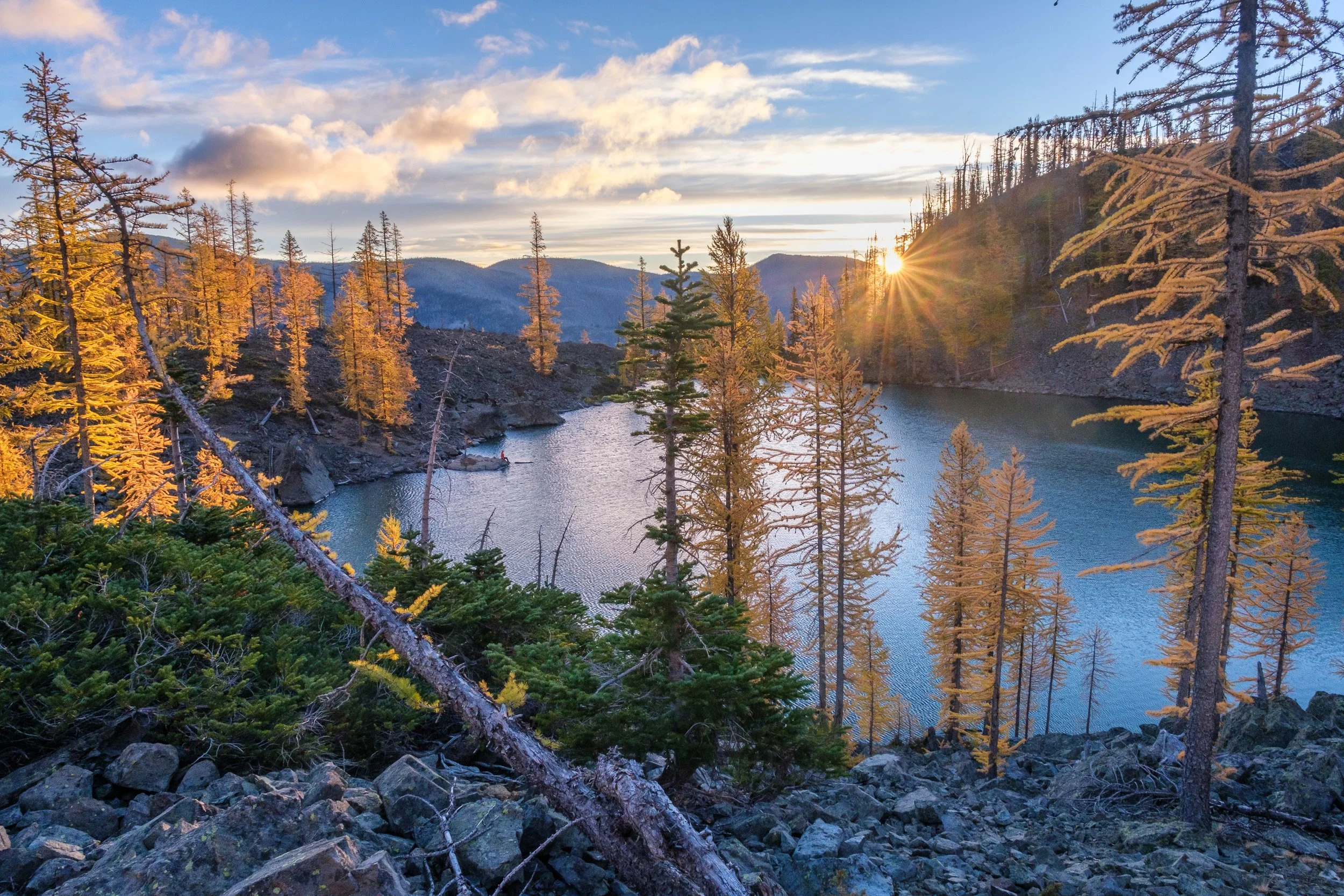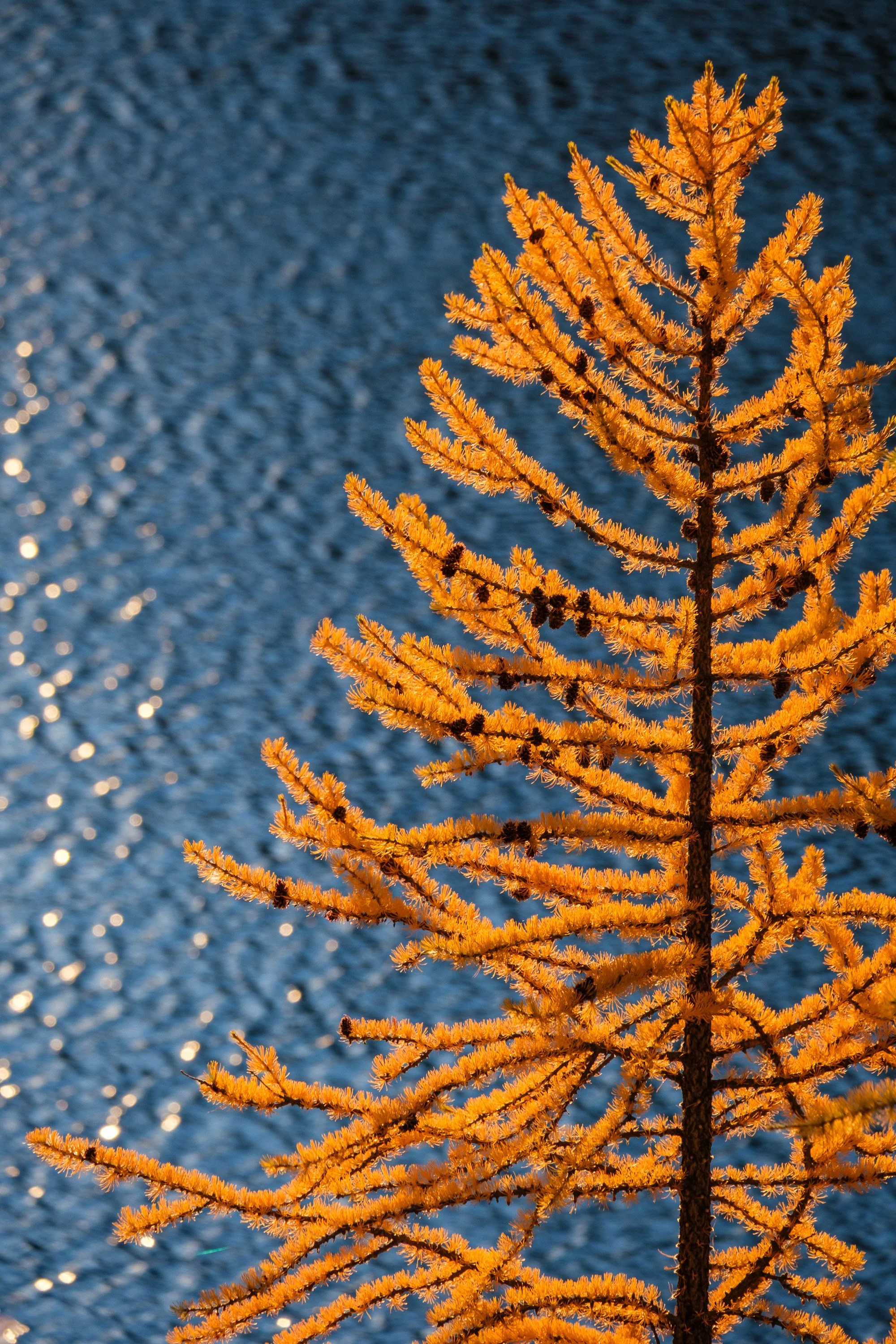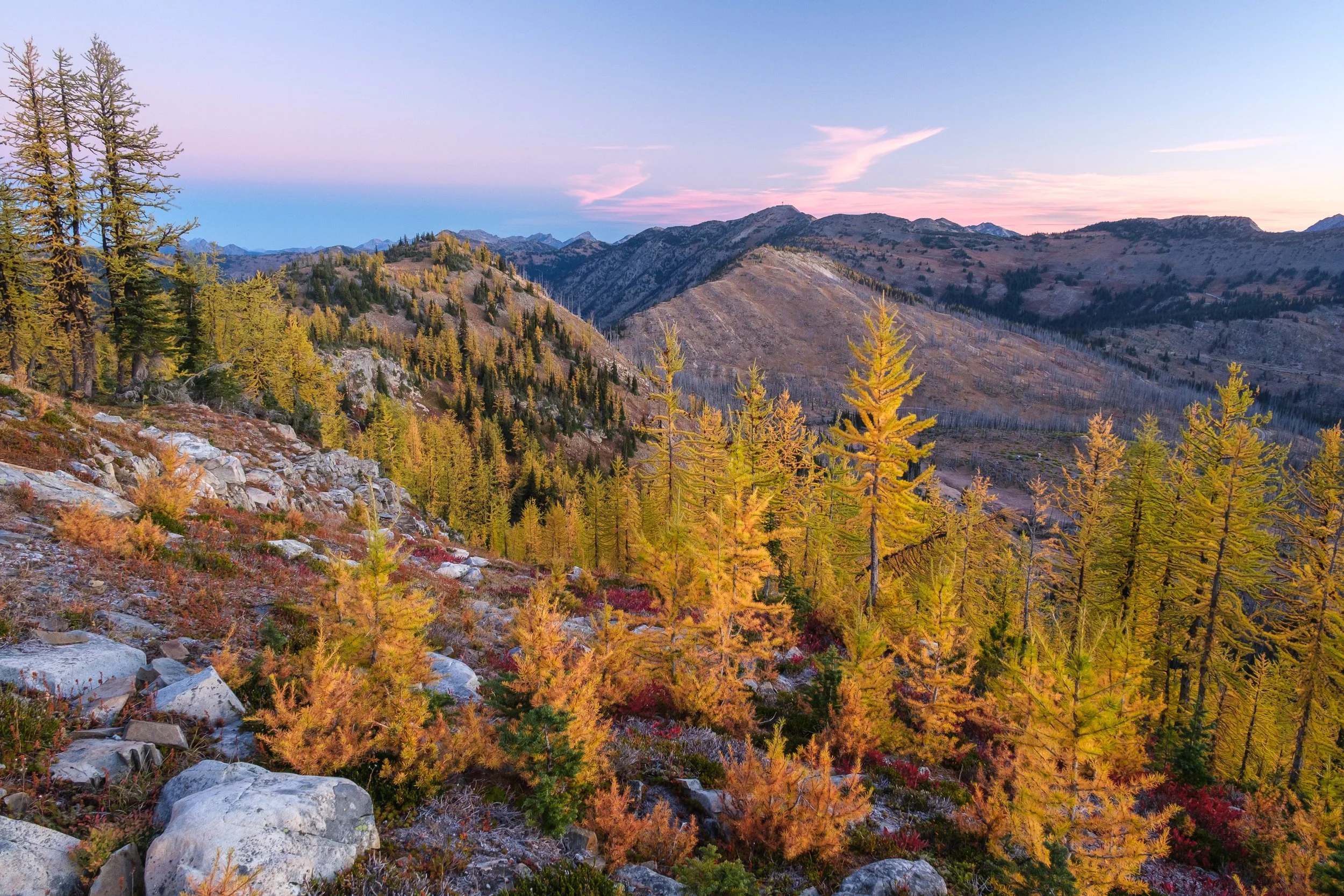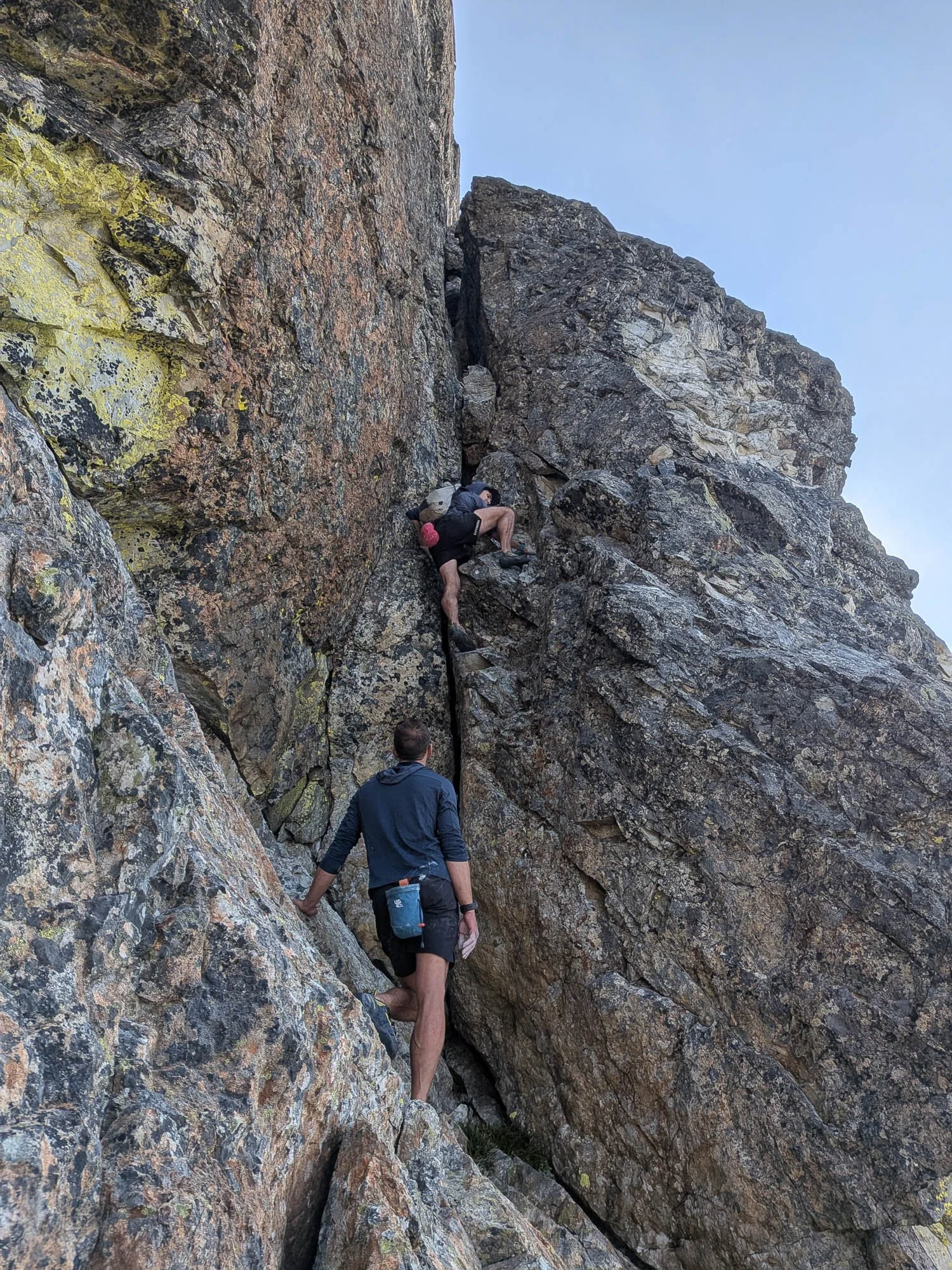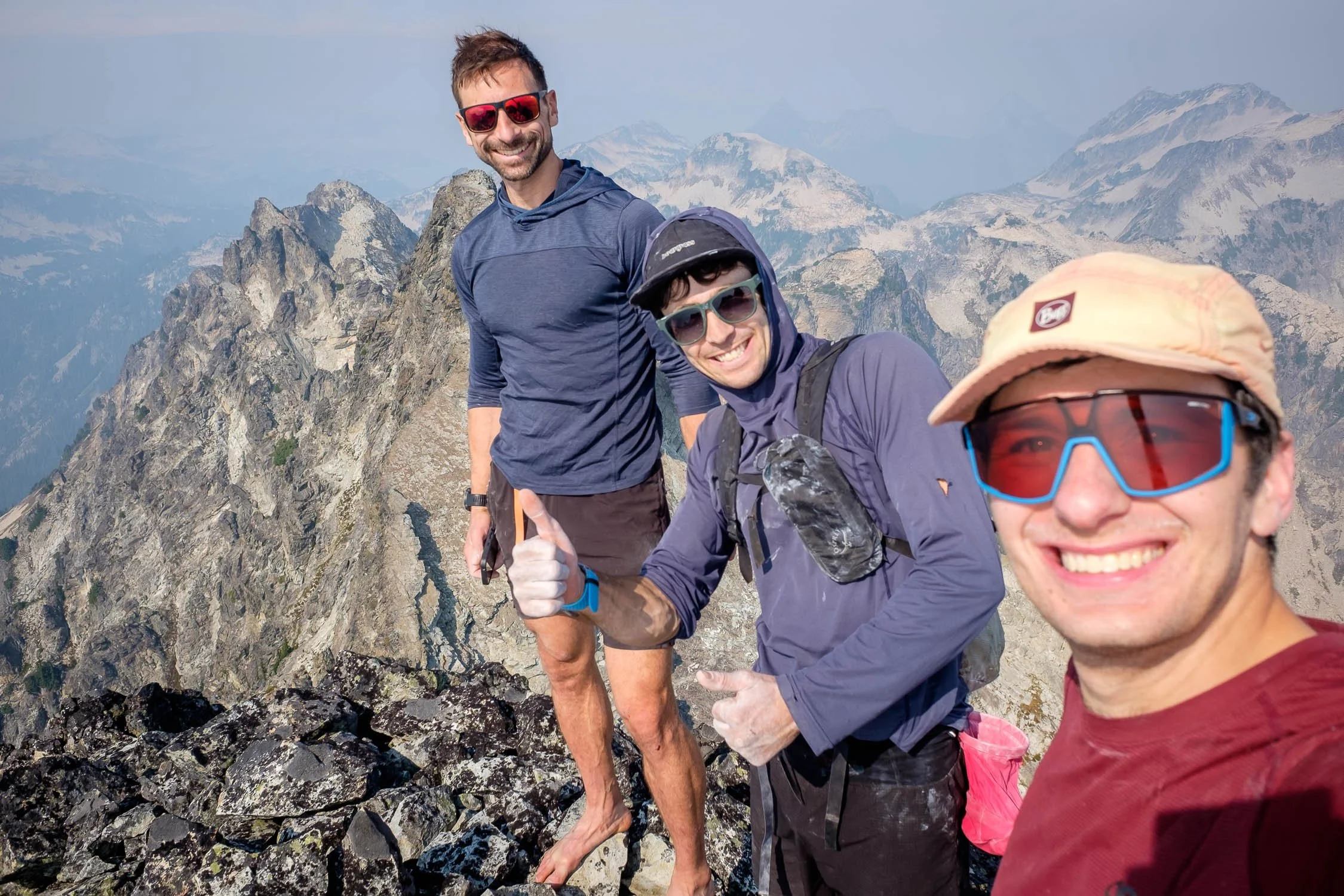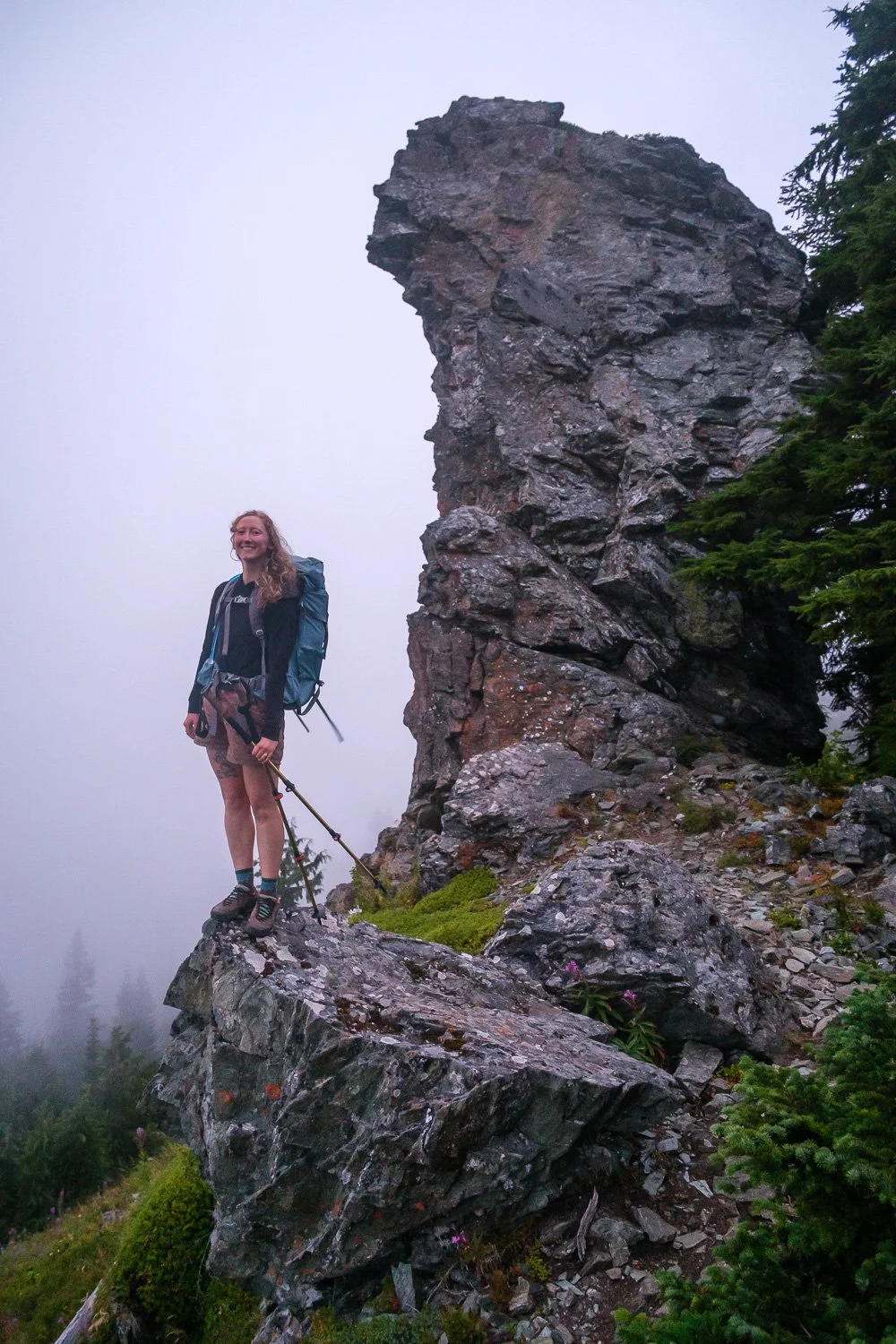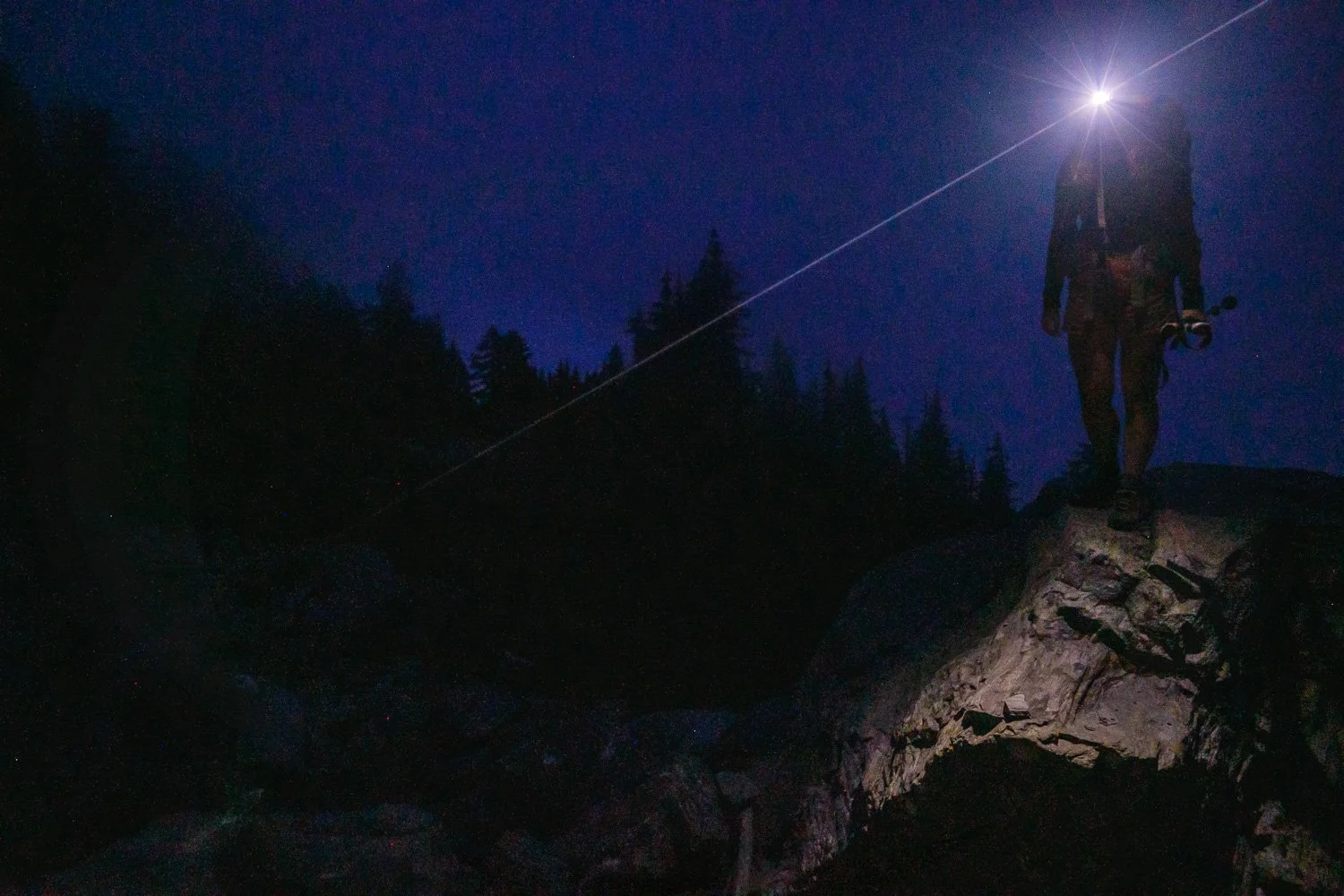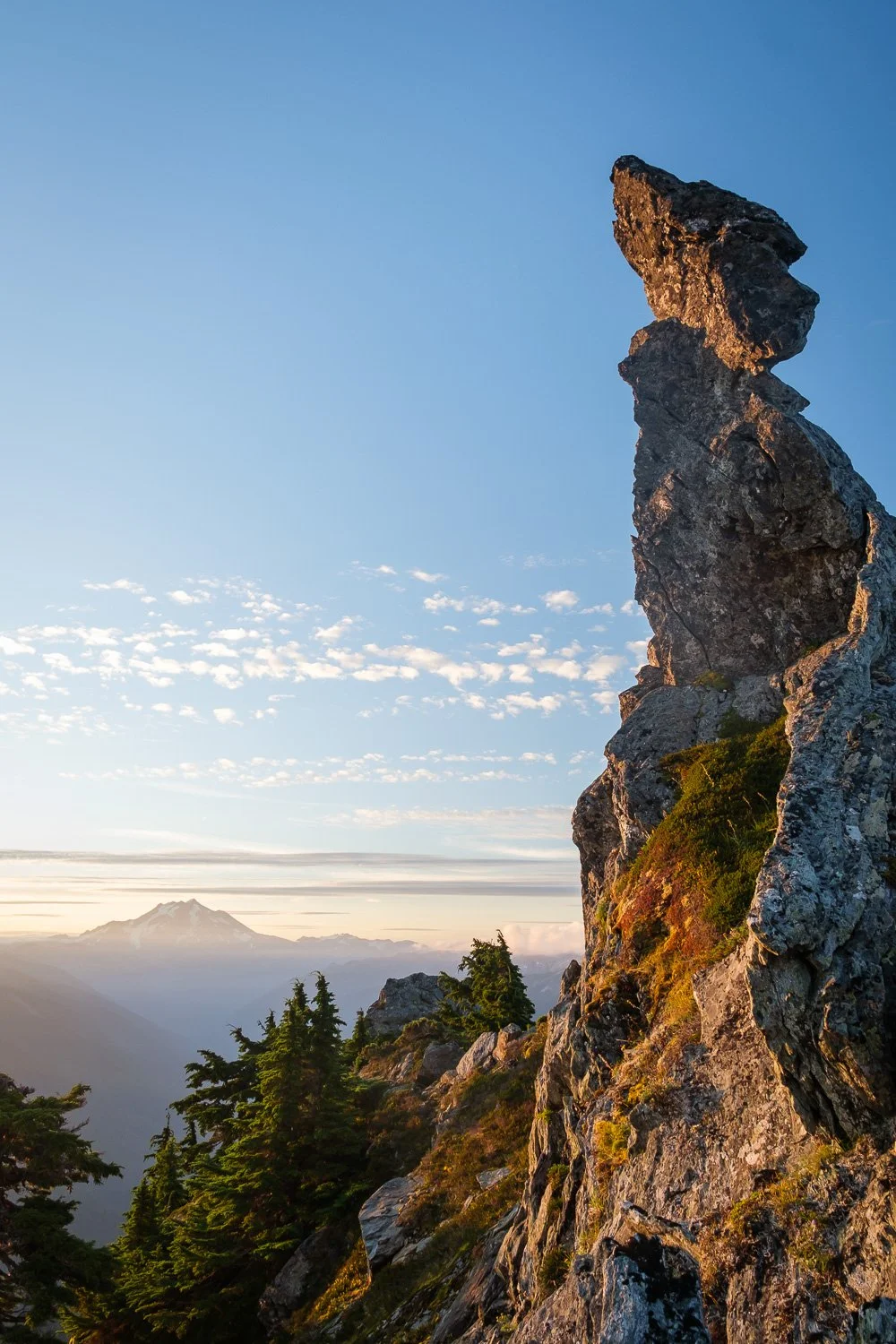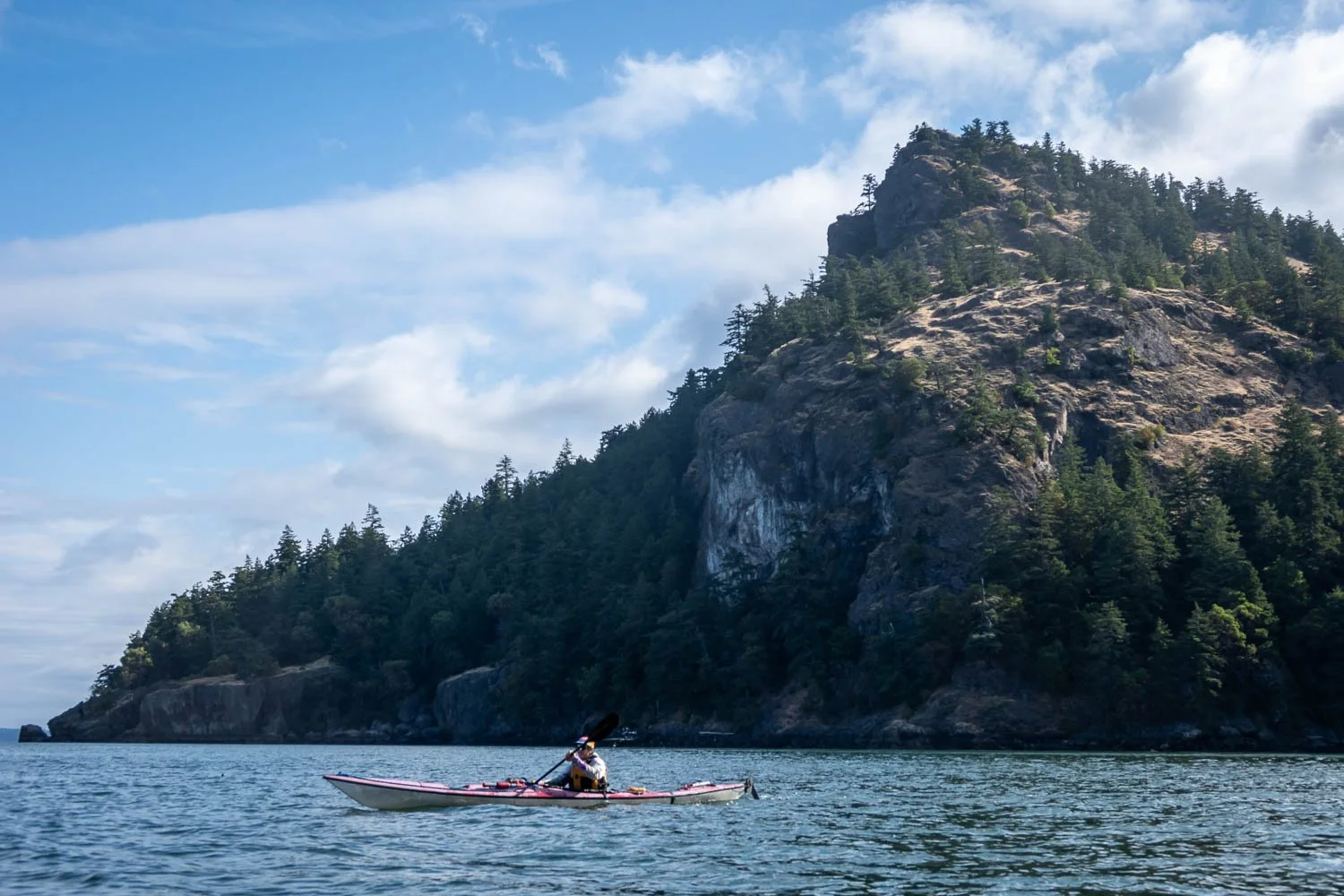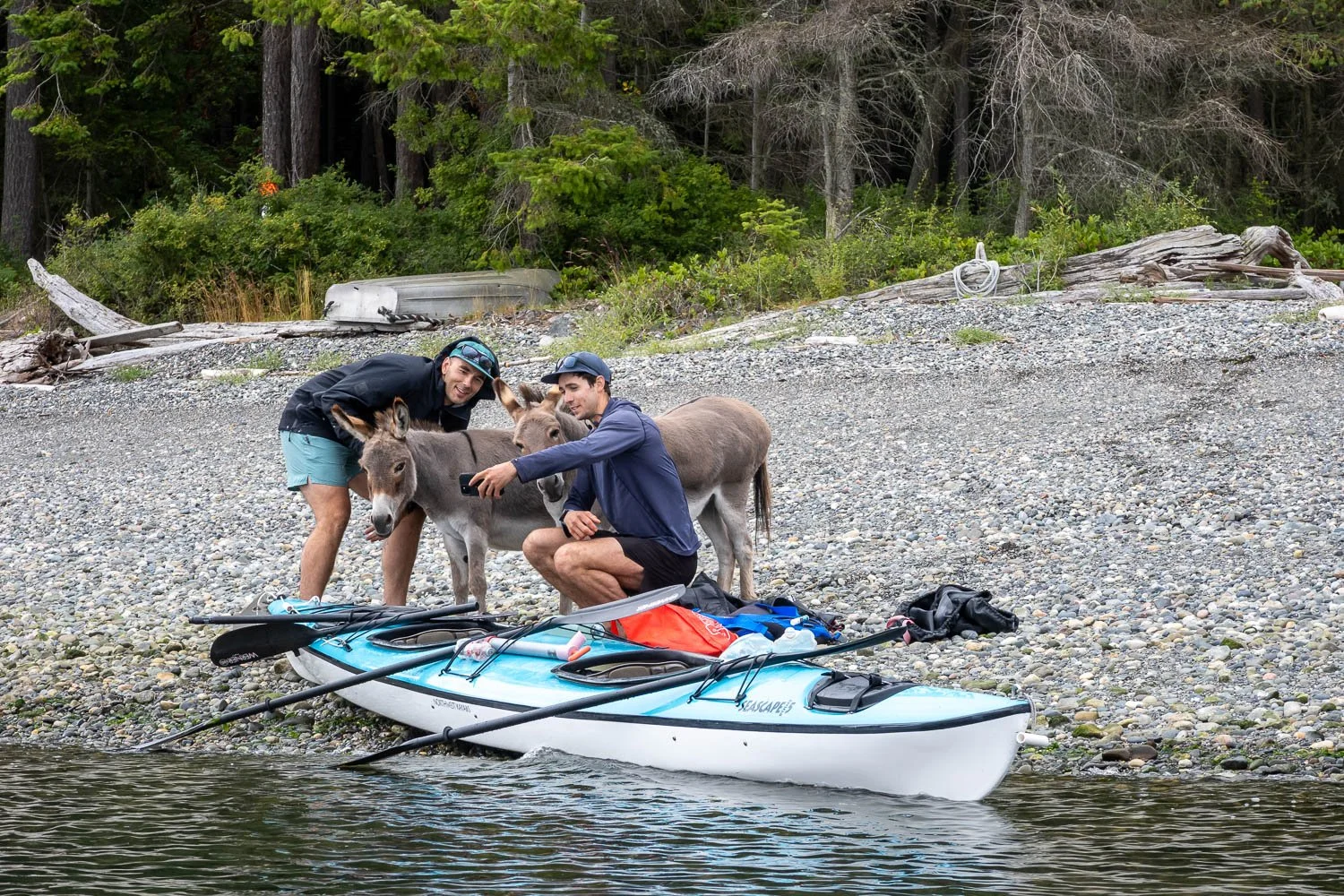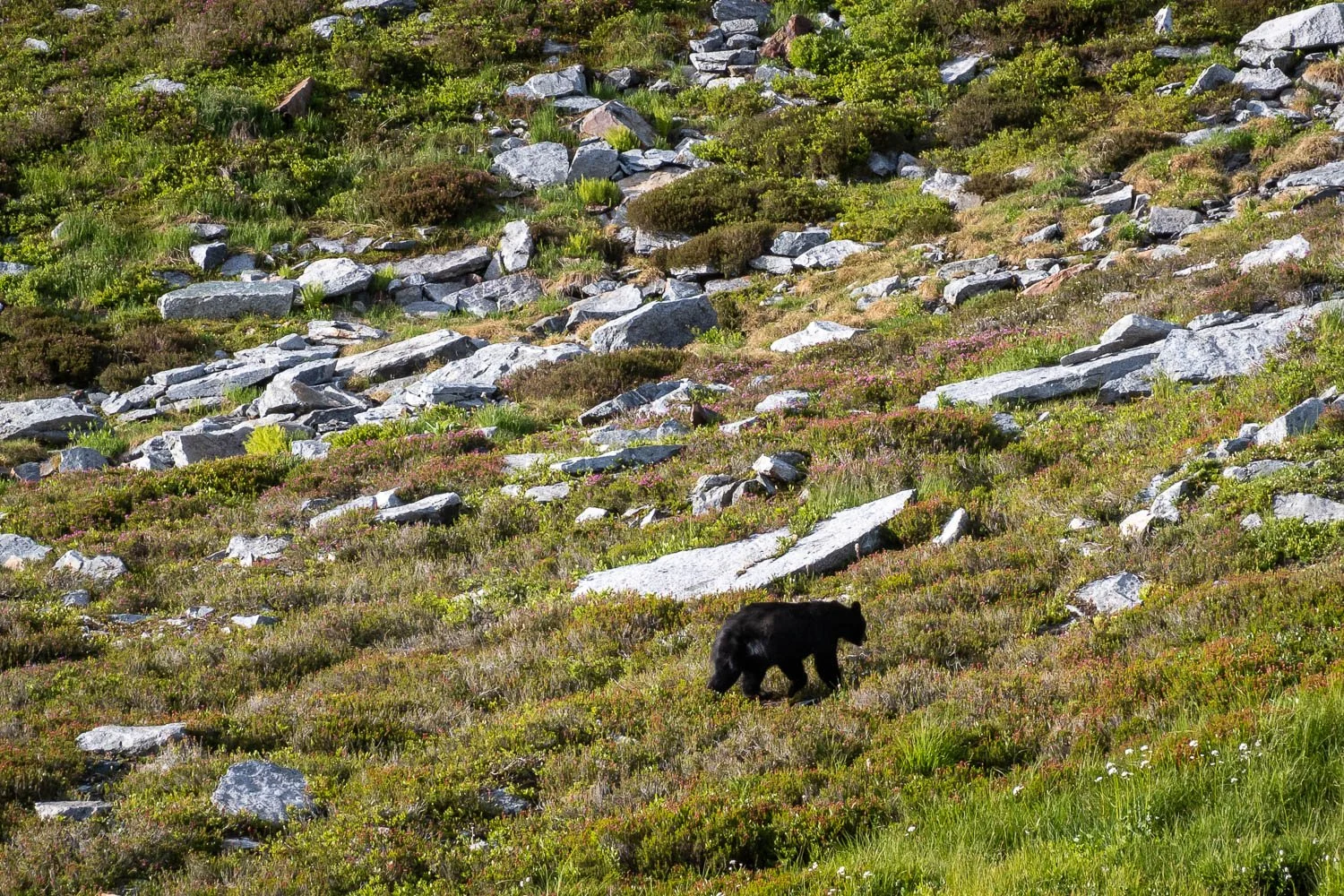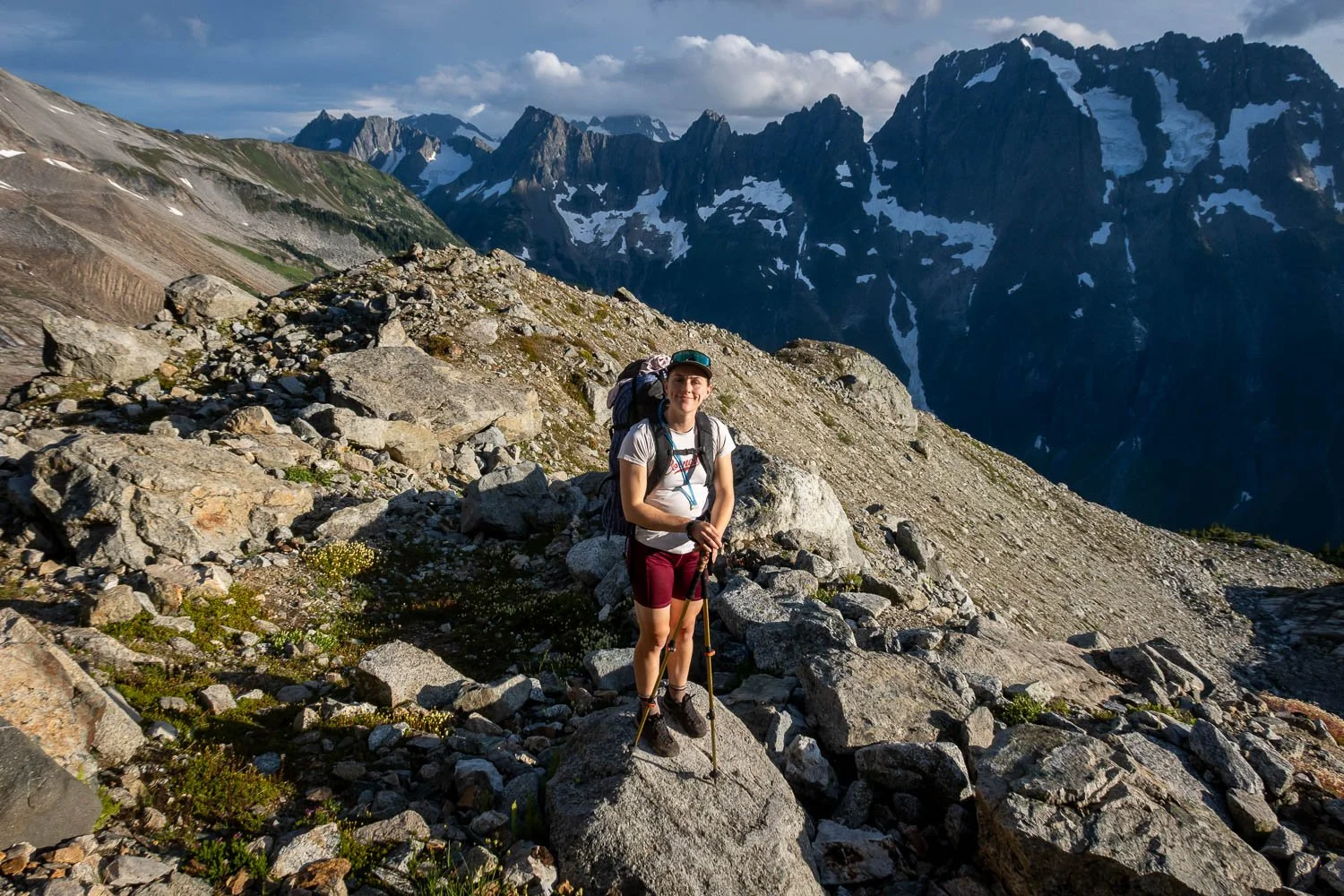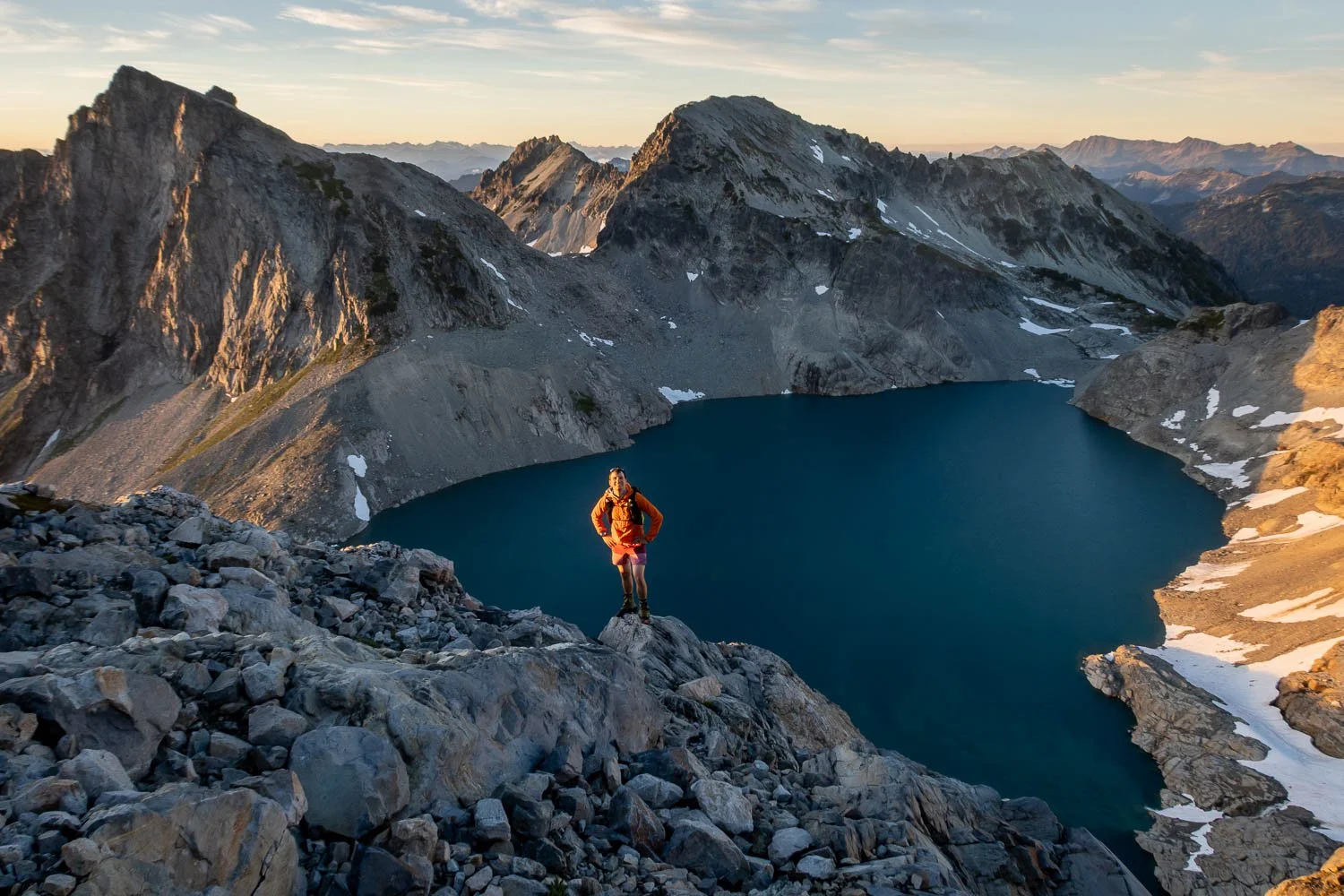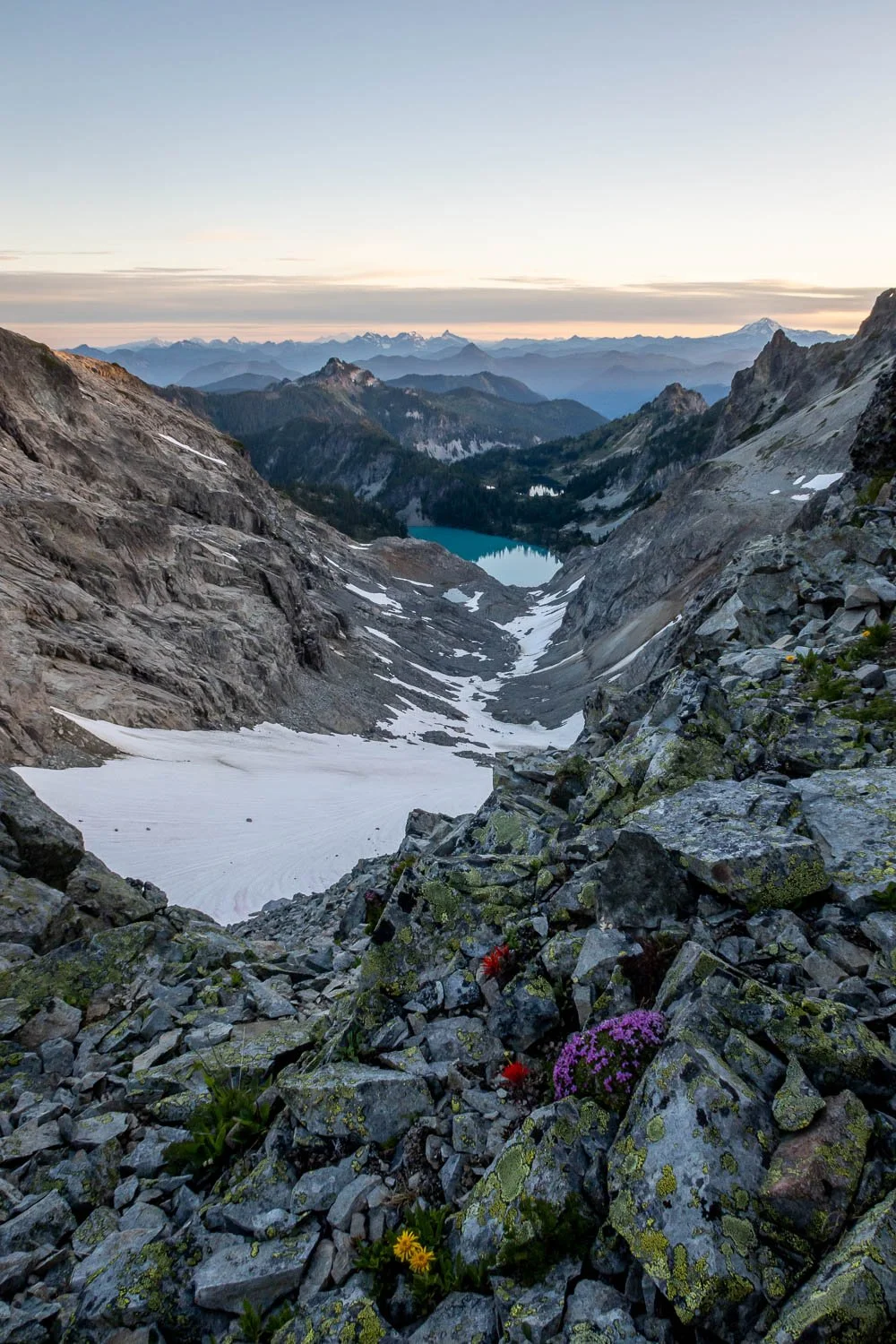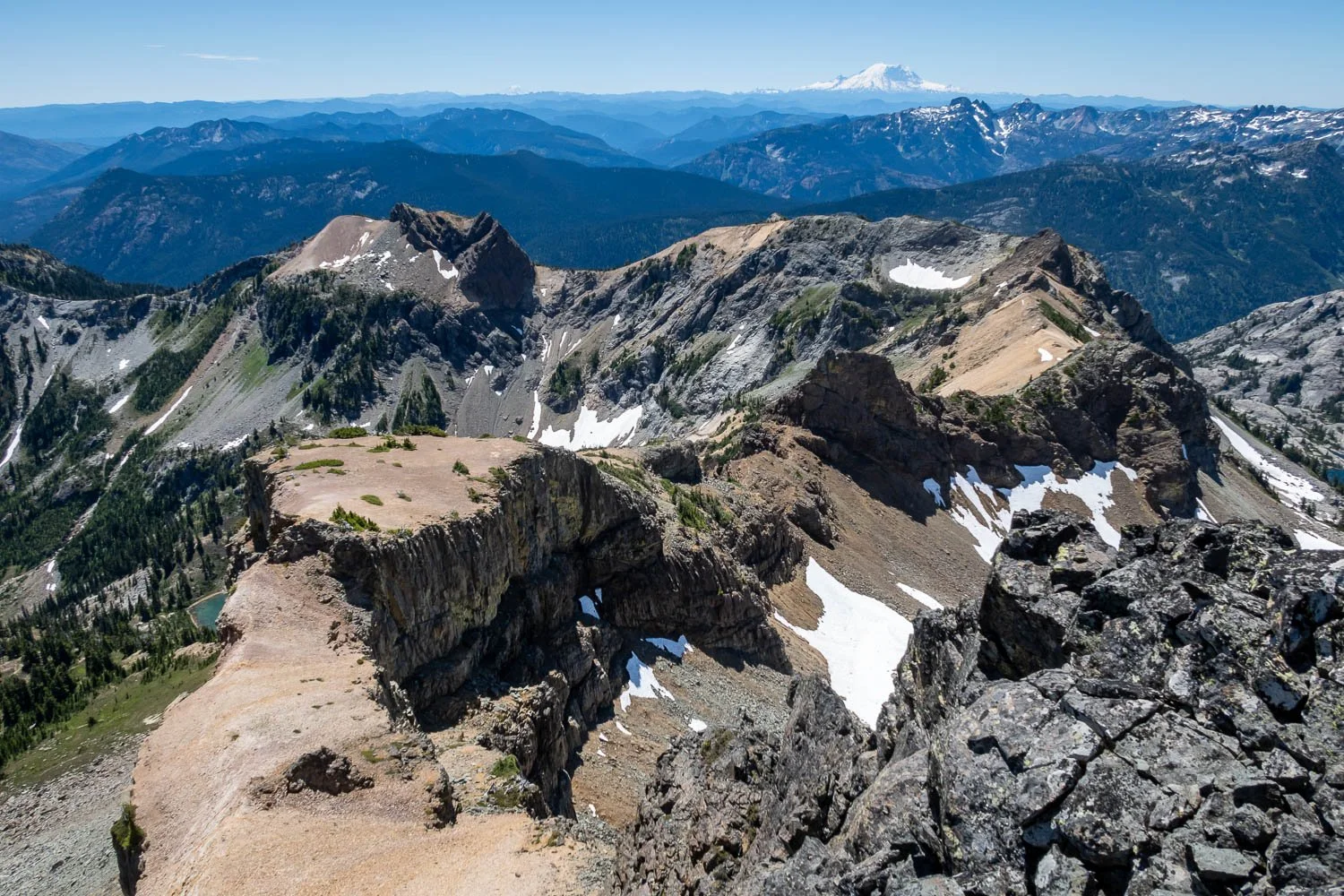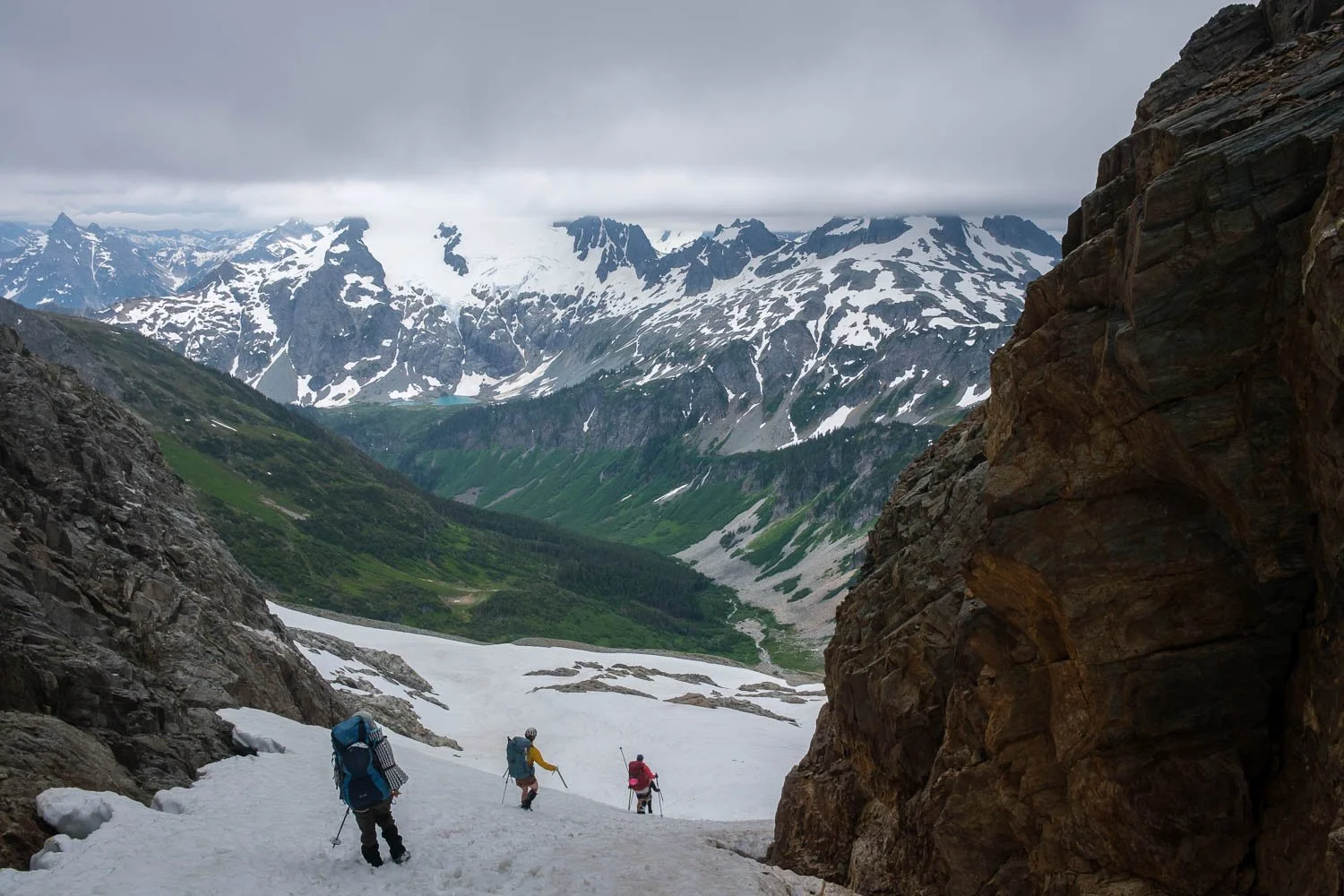It’s been a busy past few weeks with work, travel, and the holidays, so I promise this is my last post from our trip to Moab. I wrote earlier about some great mountain biking and an amazing backpacking trip where we saw the aurora, but in the two weeks or so we were in southeast Utah, we also did a bunch of shorter trips that don’t warrant their own post. So, without further ado, are a few more photos from various hikes, sunsets, sunrises, and other shenanigans.
Have a very merry Christmas, and as always, get in touch!
Fading evening light on Seahorse Reef, outside of Green River
Helene and Adam on a simul rap in U-Turn Canyon
The rising full moon at Arches National Park
The La Sal Mountains at sunset, with sandstone towers in the foreground. A classic Arches view.
A gnarled, bleached tree at dusk in Arches
Becca on a stunning free rappel with Looking Glass Arch behind her
Adam swinging on the big rappel at Looking Glass Arch
Canyon walls along the Kestrel Run trail at Sand Flats
Afternoon light on a lone tree along the Slickrock Trail
Sandstone formations near Partition Arch, Arches National Park
Sandstone fins in front of the La Sals along the Devils Garden Trail
A spectacular sunset at the Devils Garden Campground, with the La Sals in the distance
Fall foliage in Grandstaff Canyon
Yellow cottonwoods at Morning Glory Arch
More cottonwoods along the Colorado, downstream of town
A less common view of Double Arch (in the distance), Arches National Park
The La Sals and the Colorado River valley at sunset from Island in the Sky
